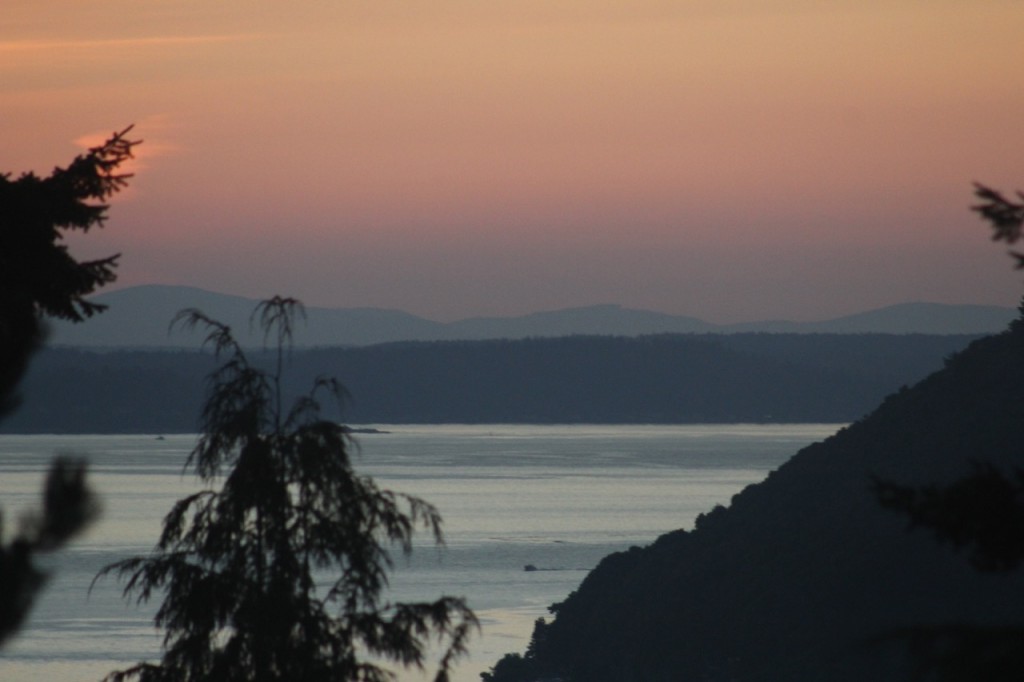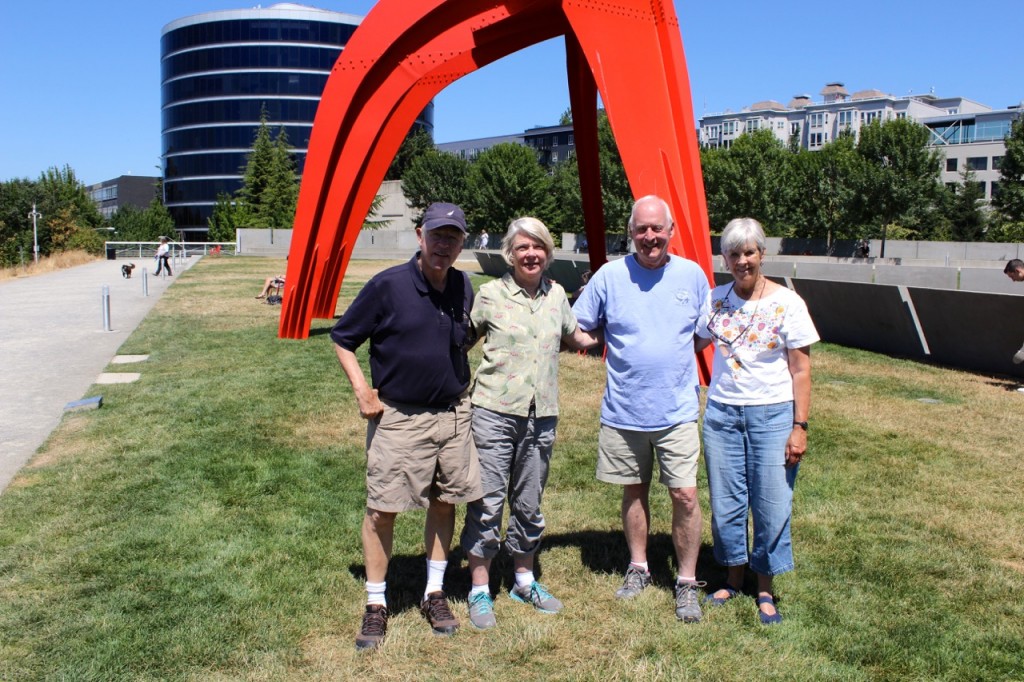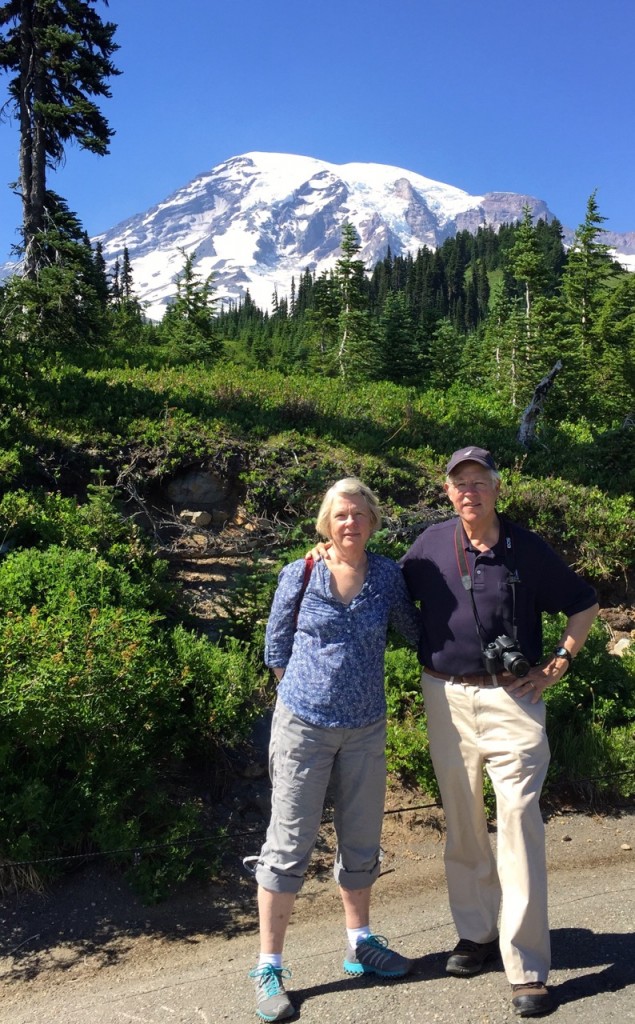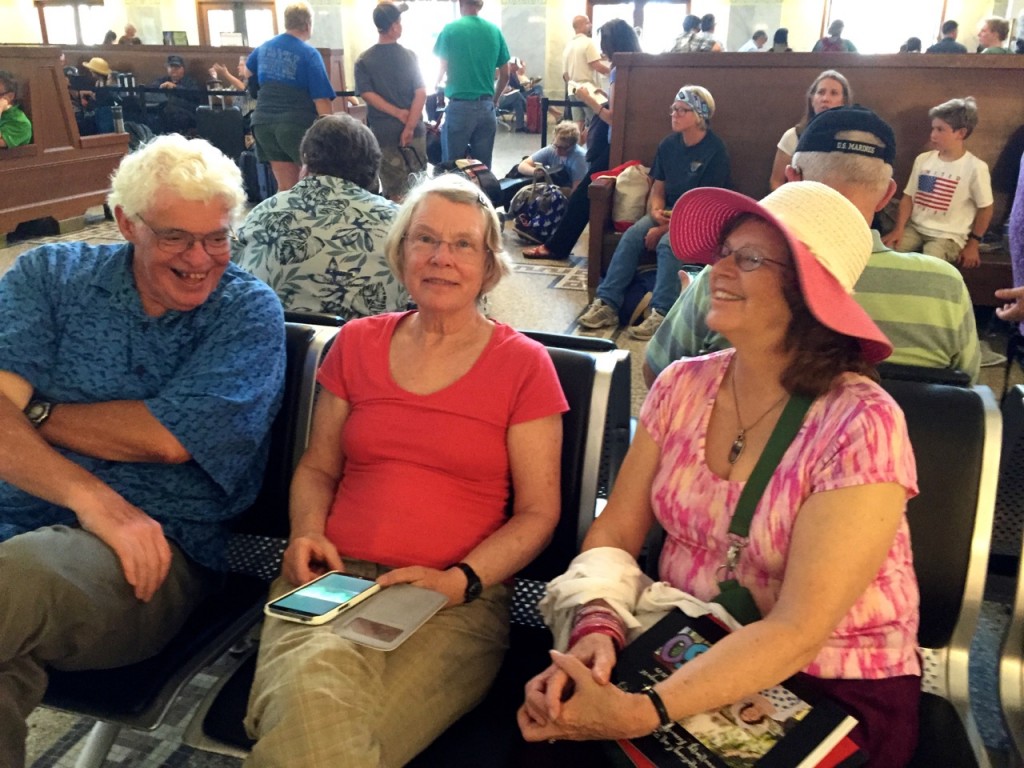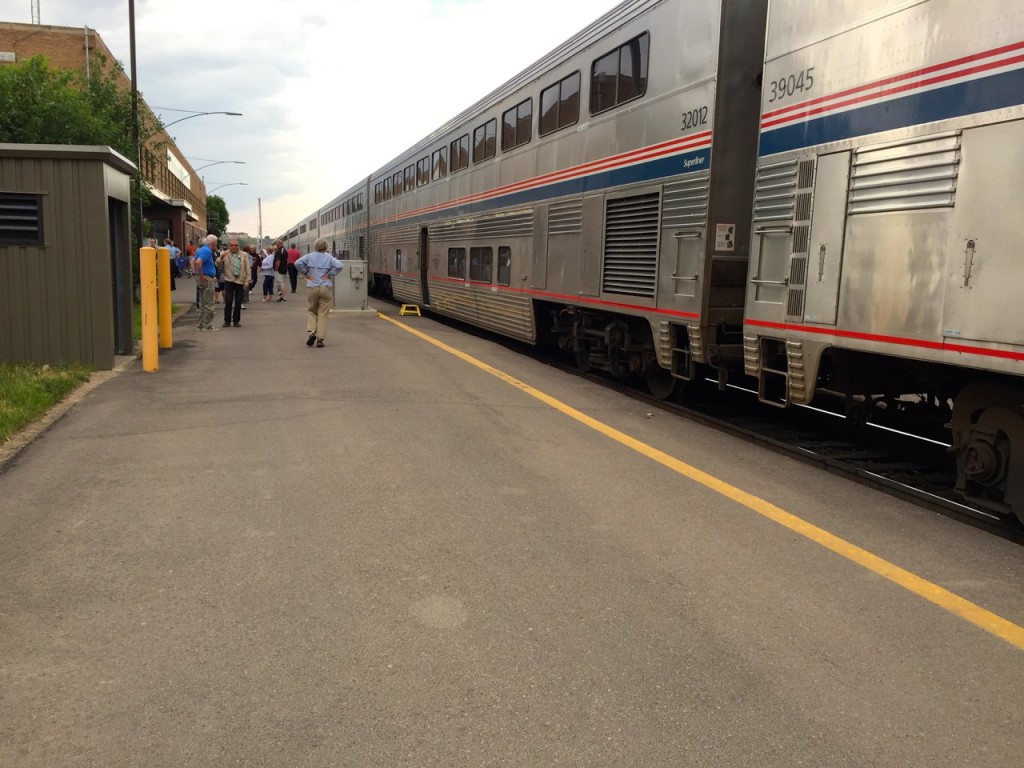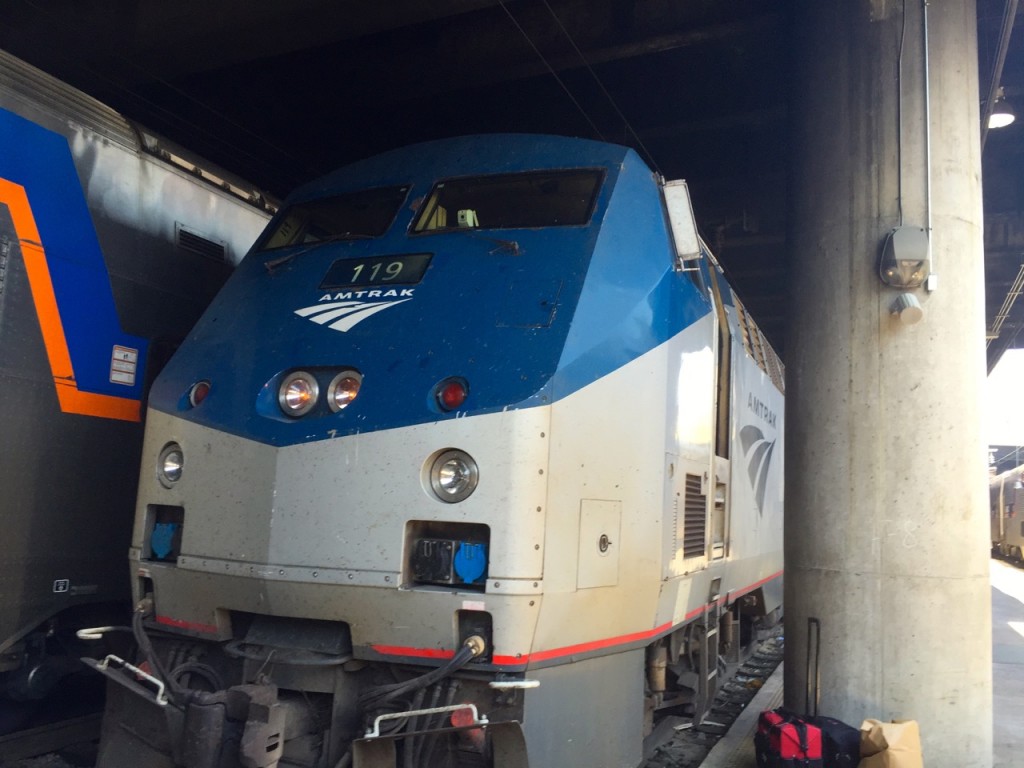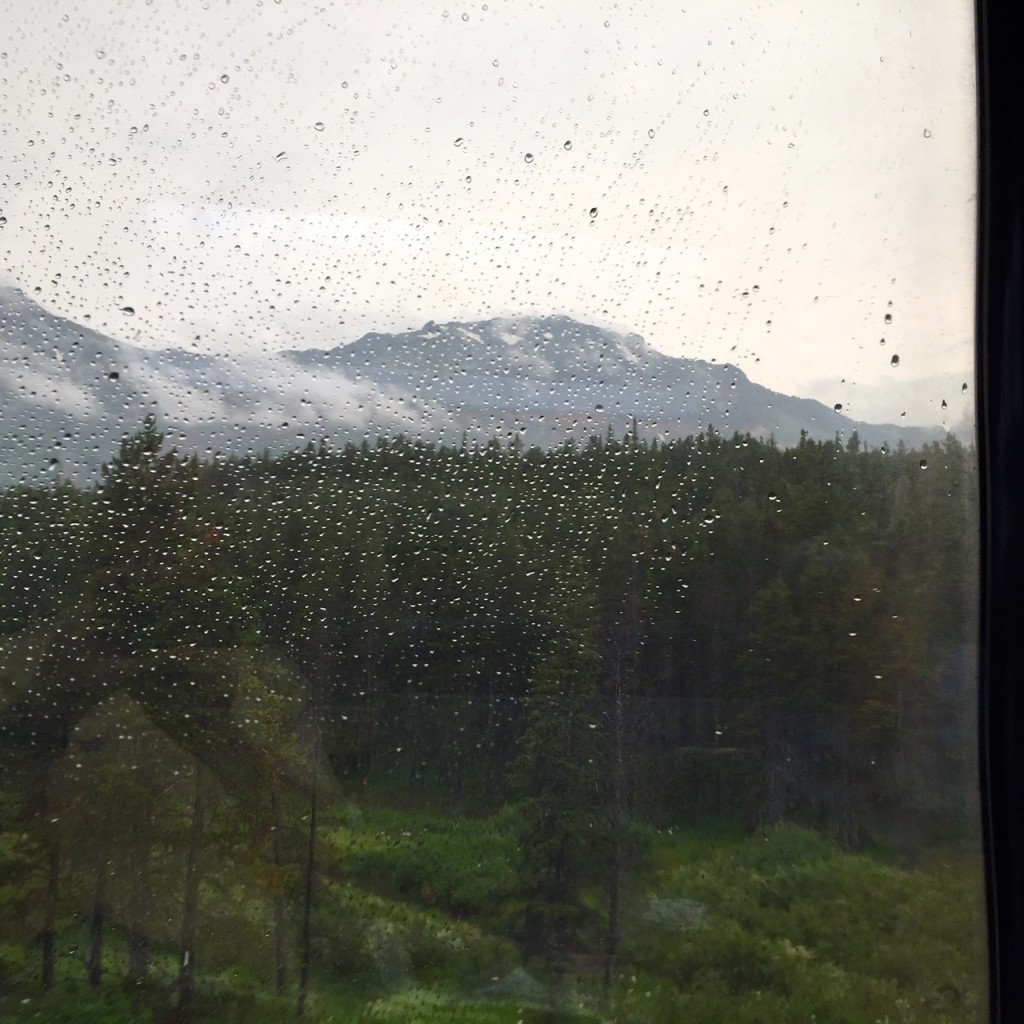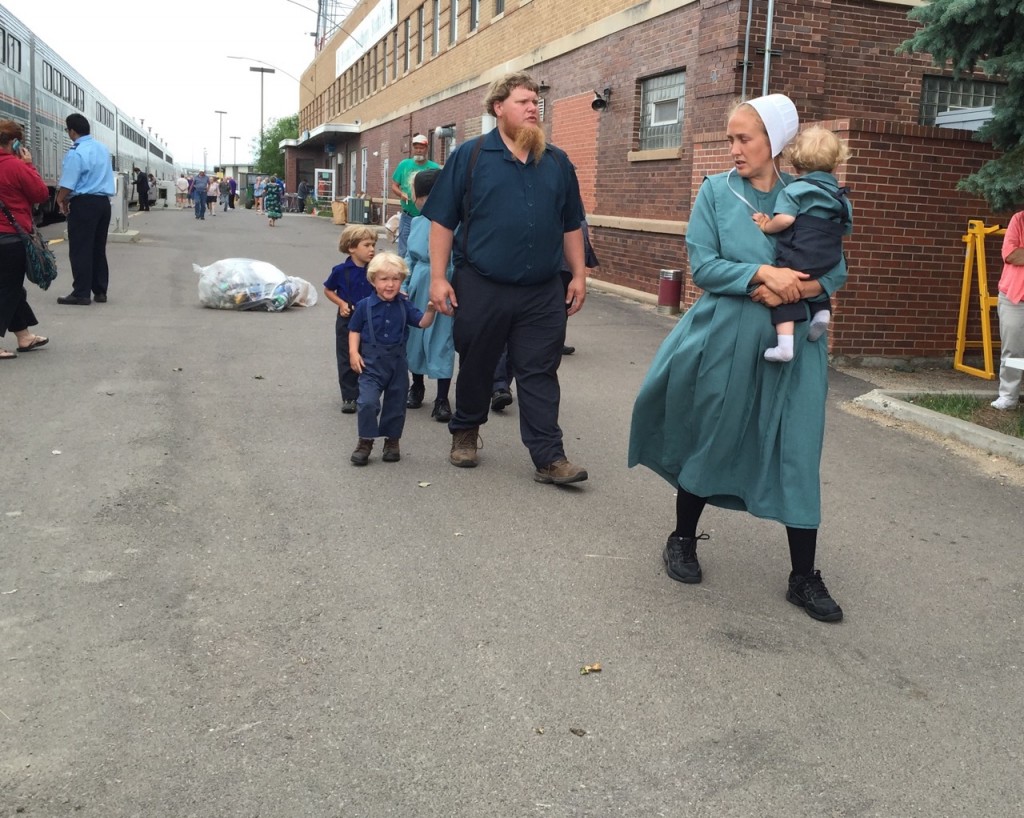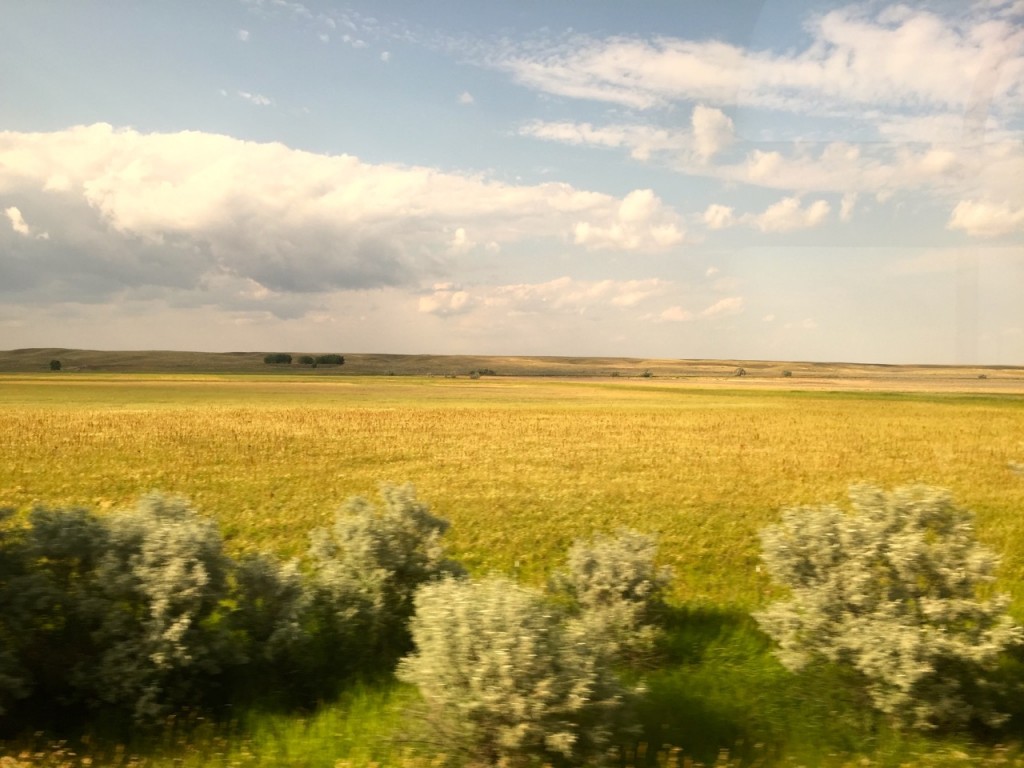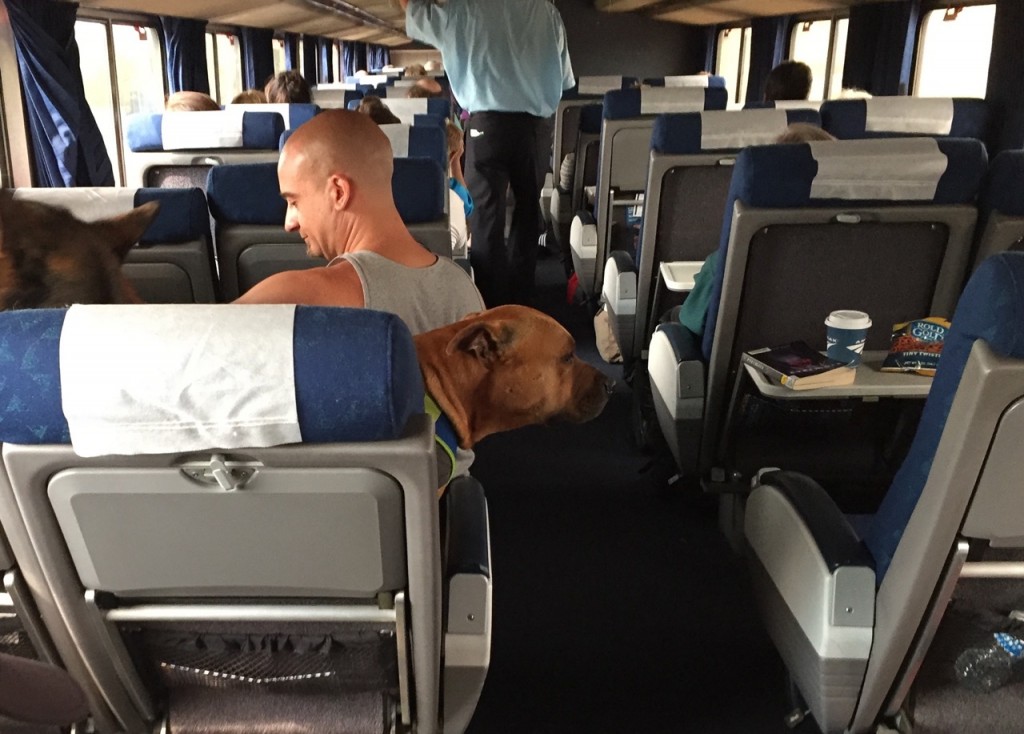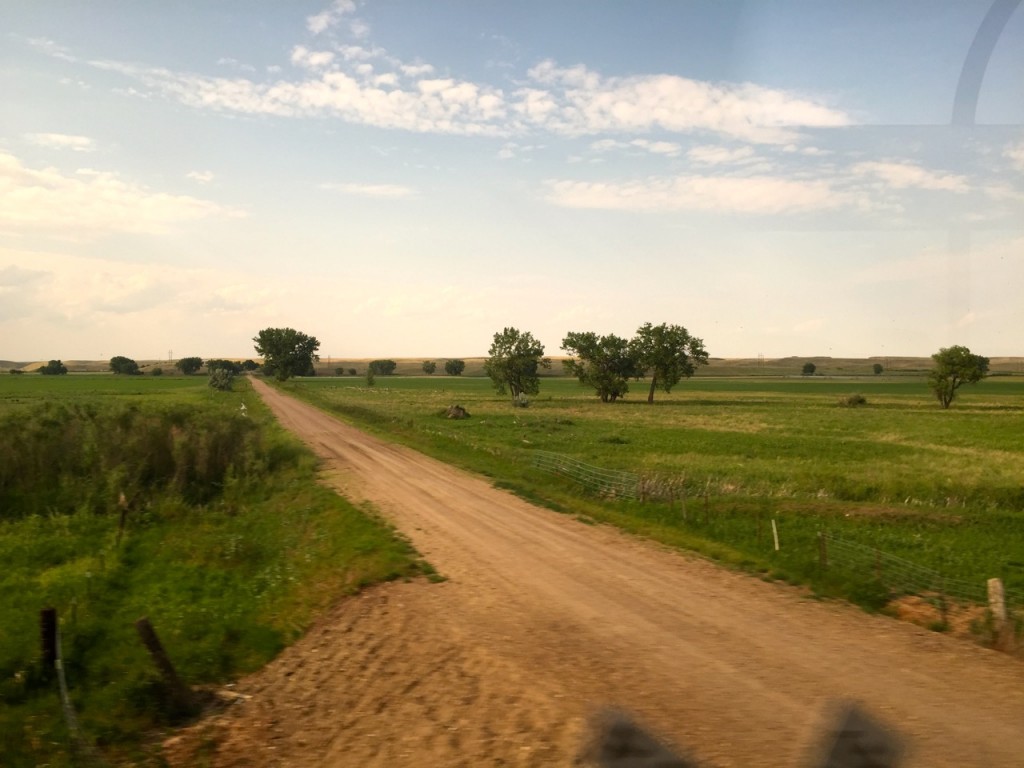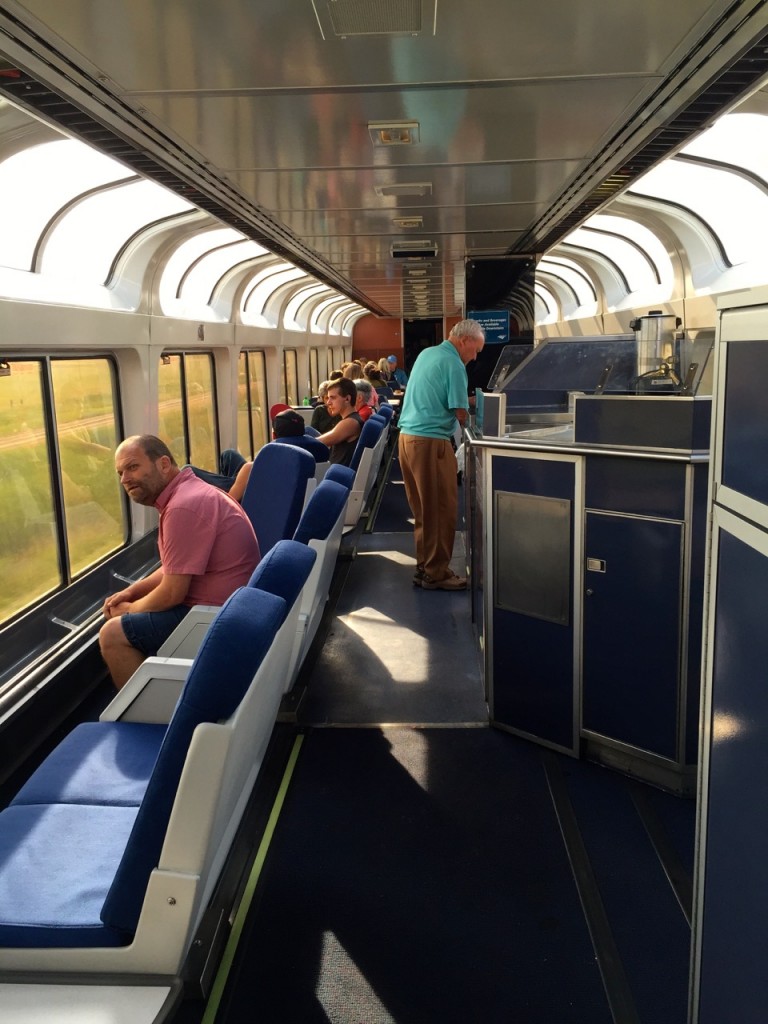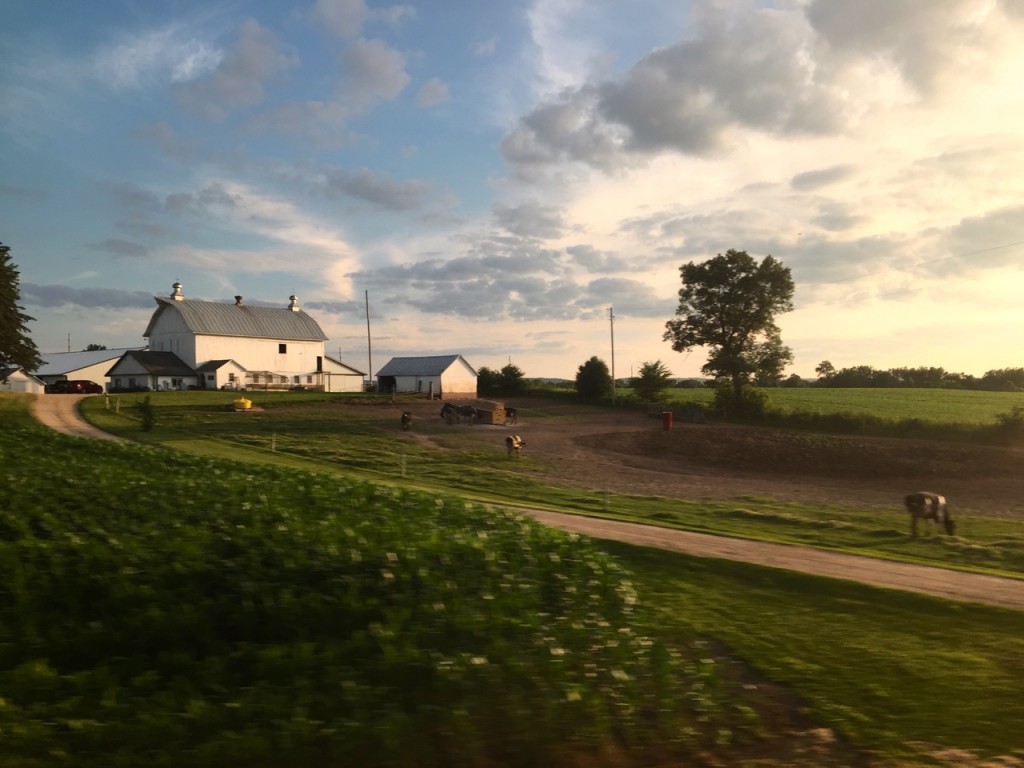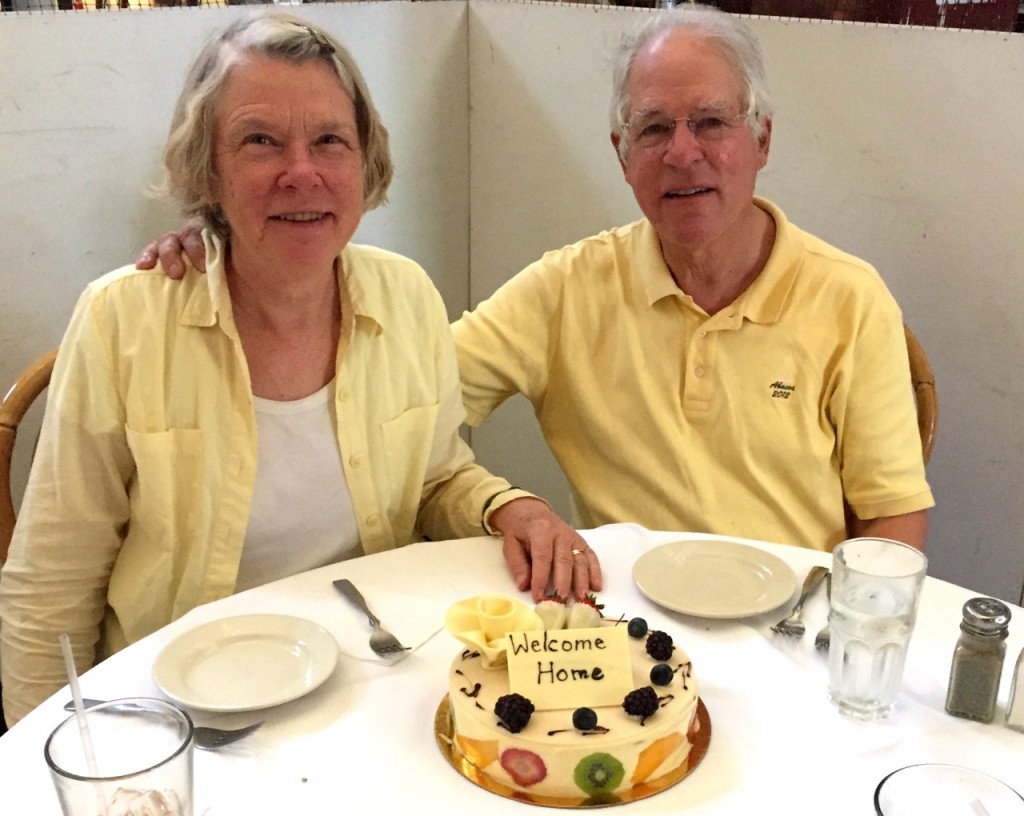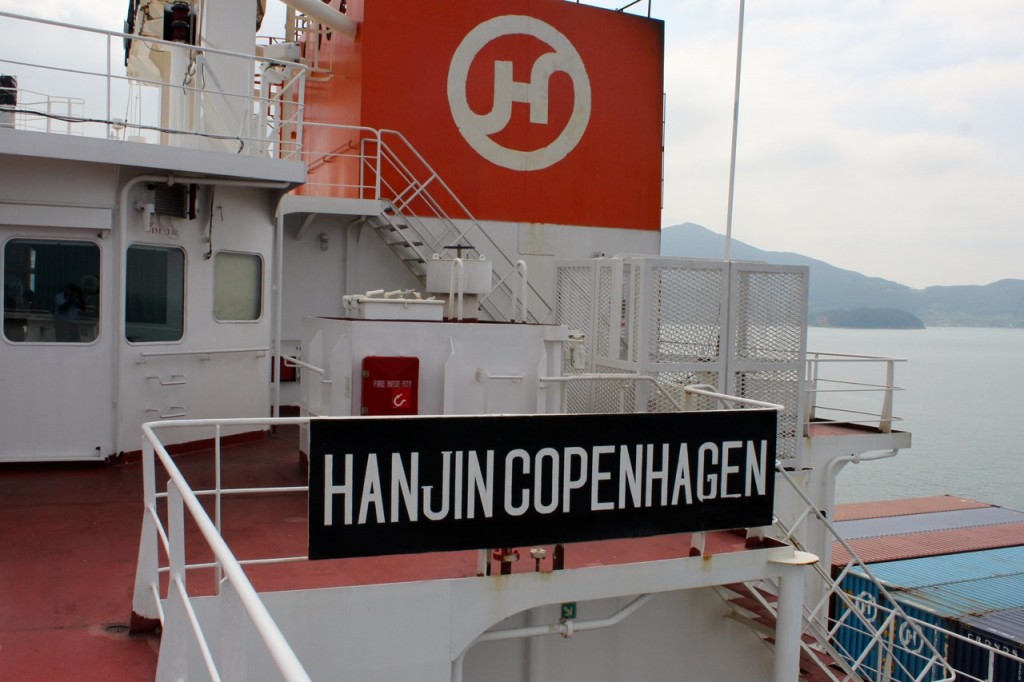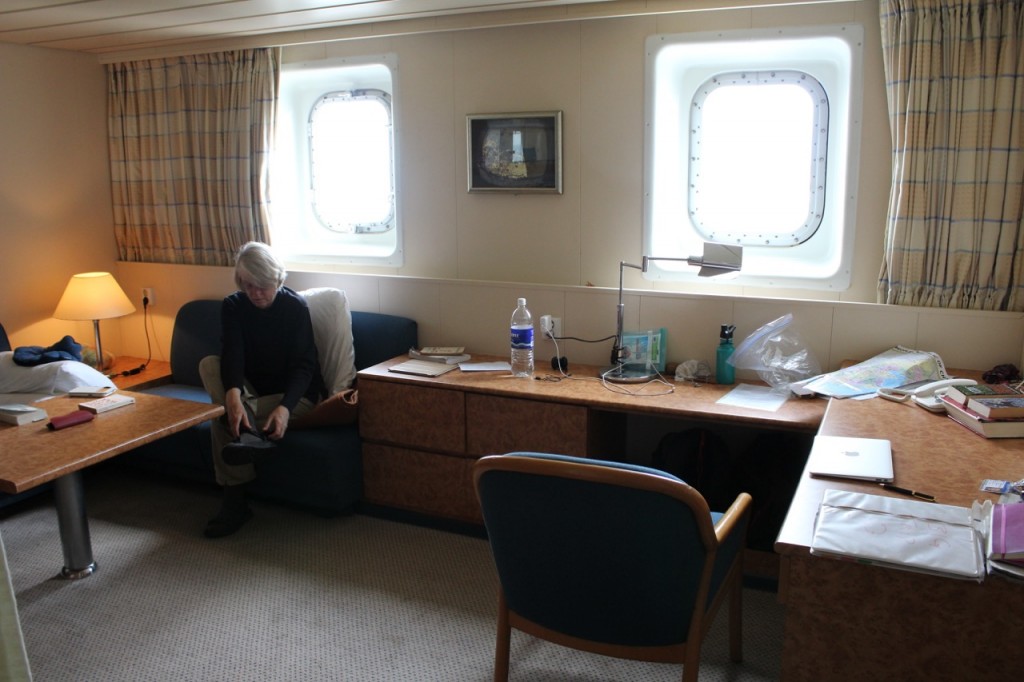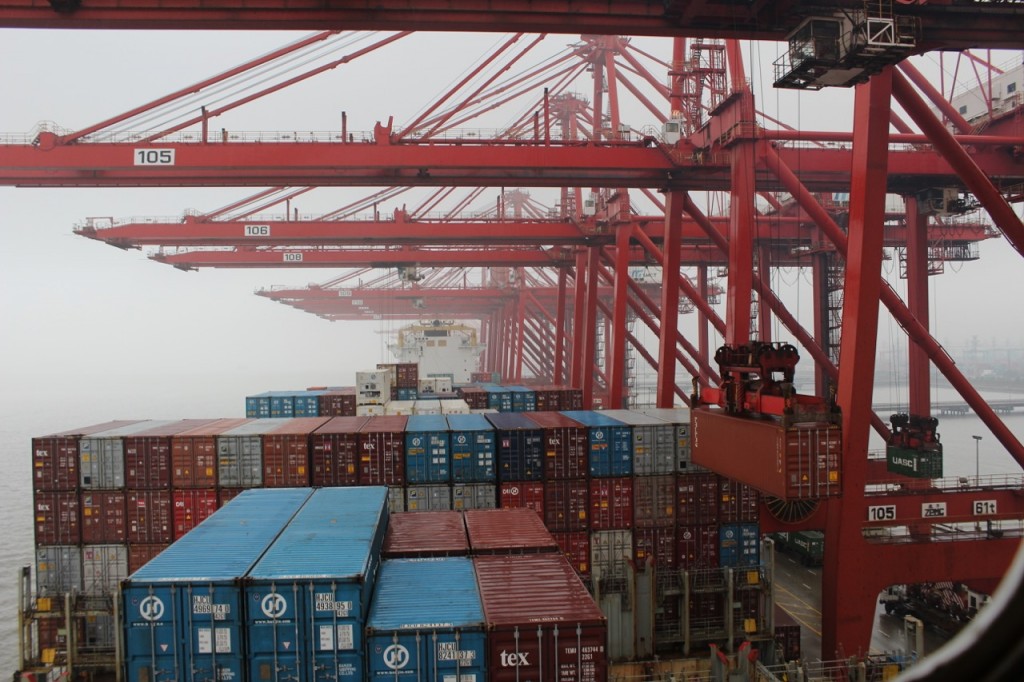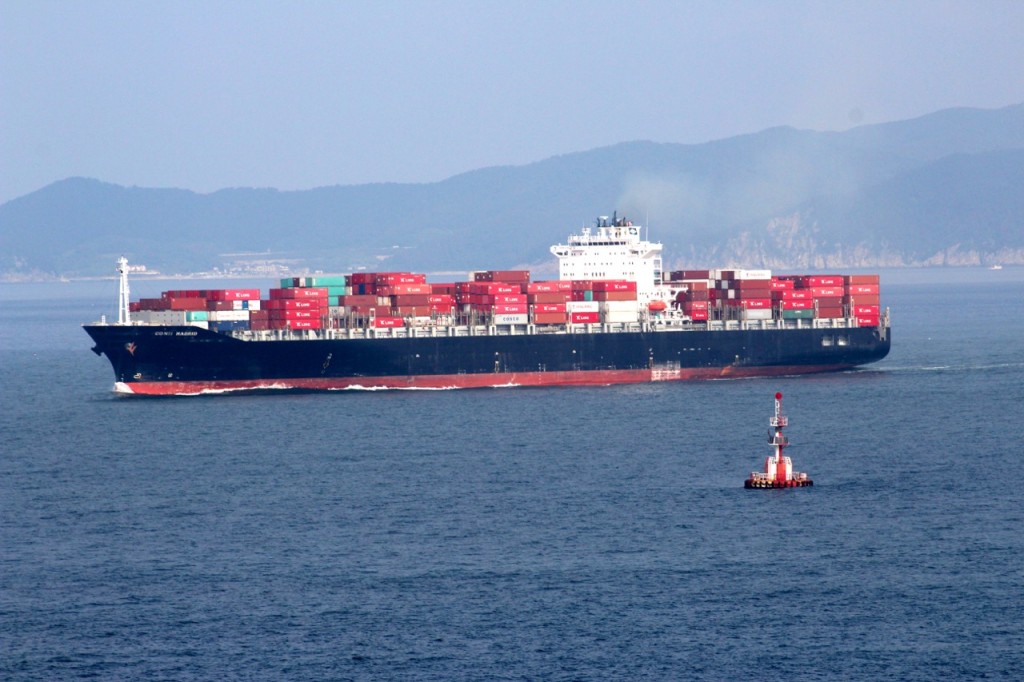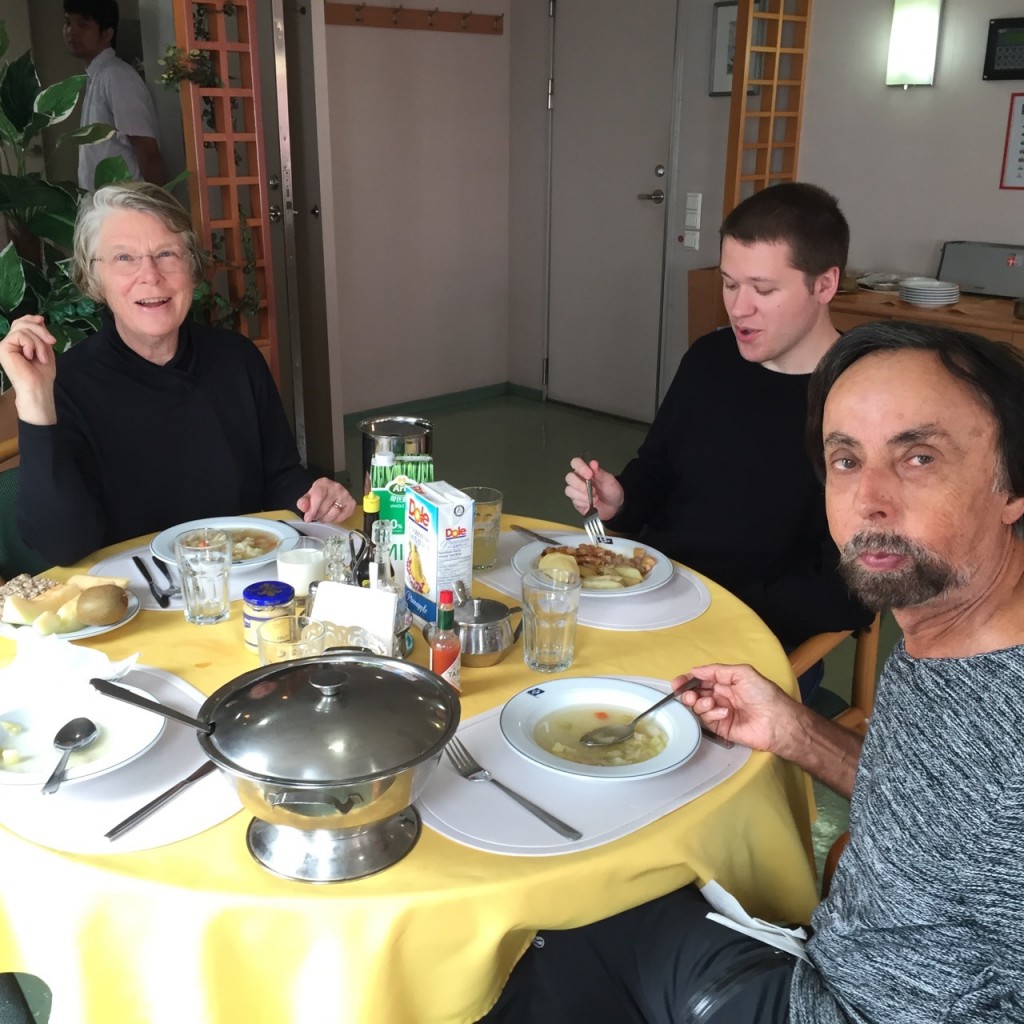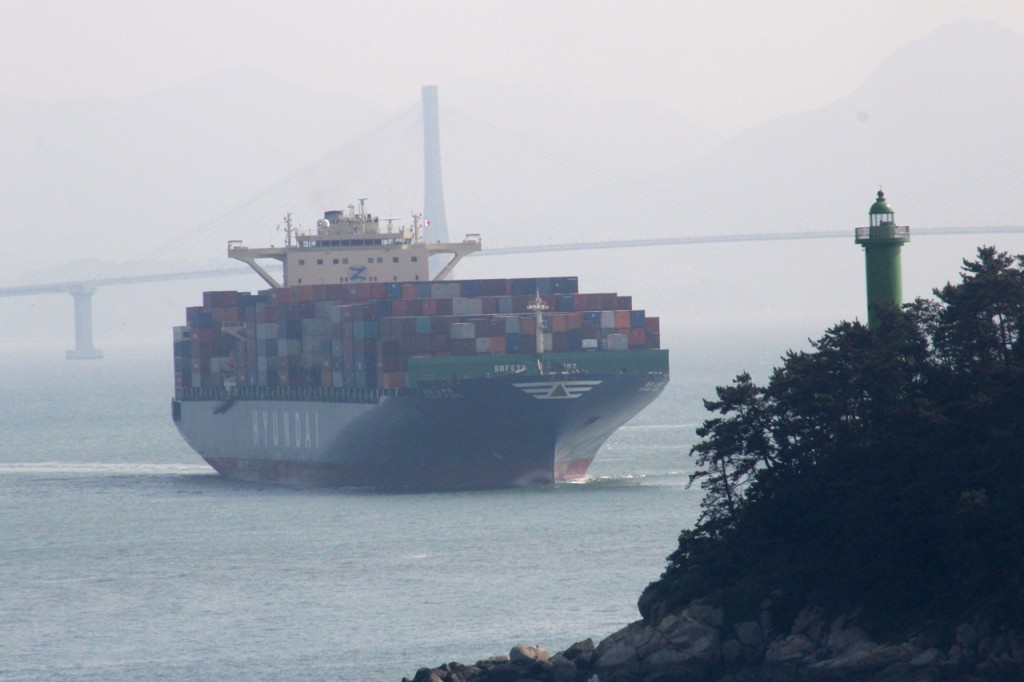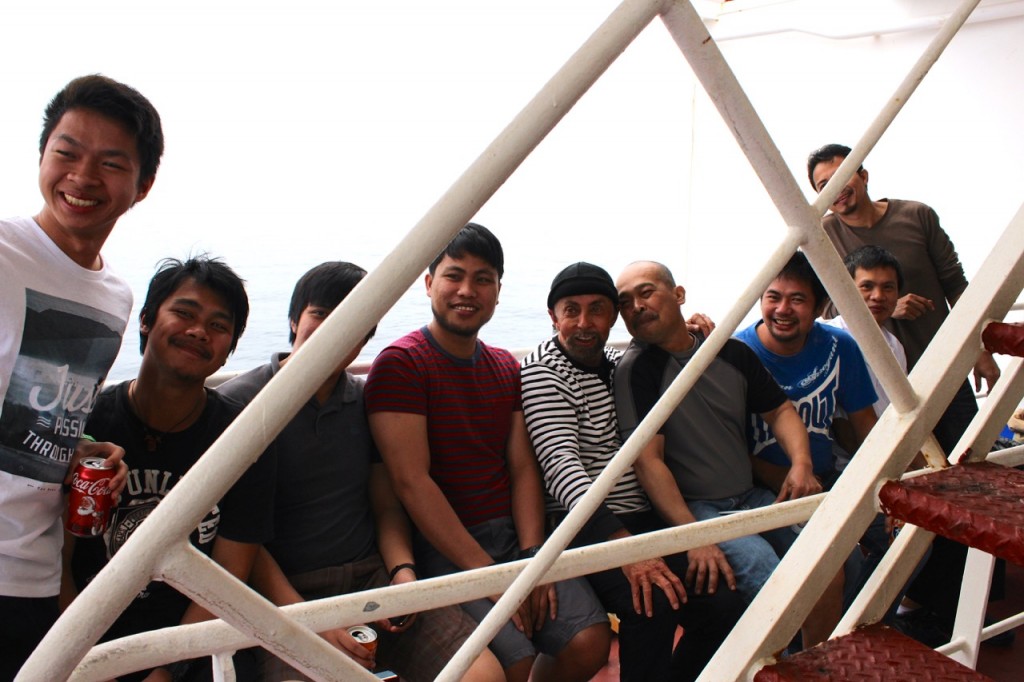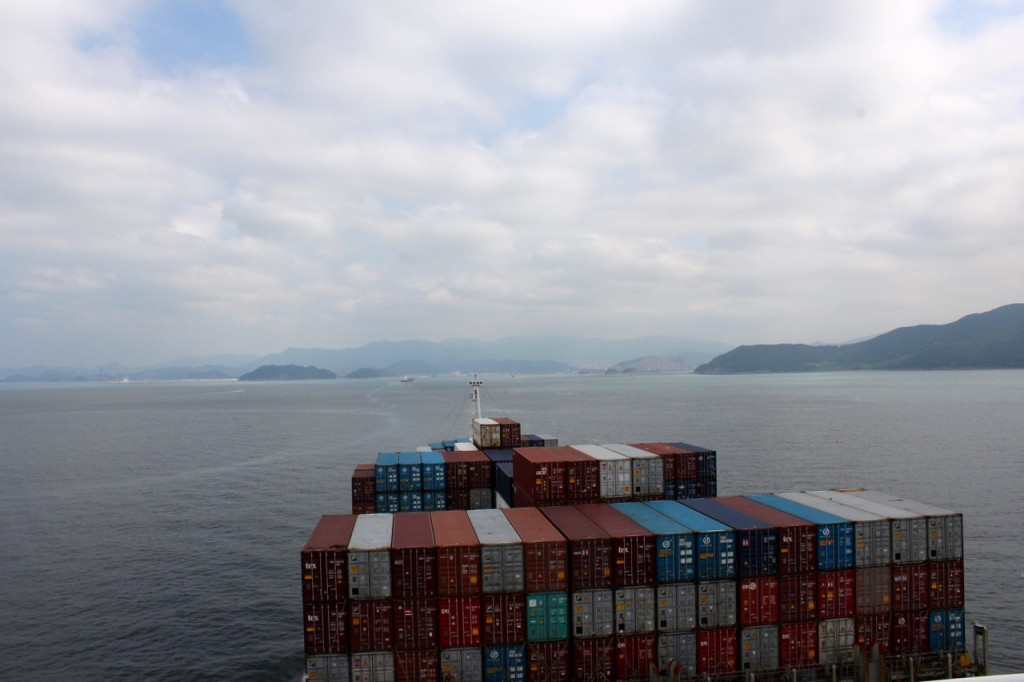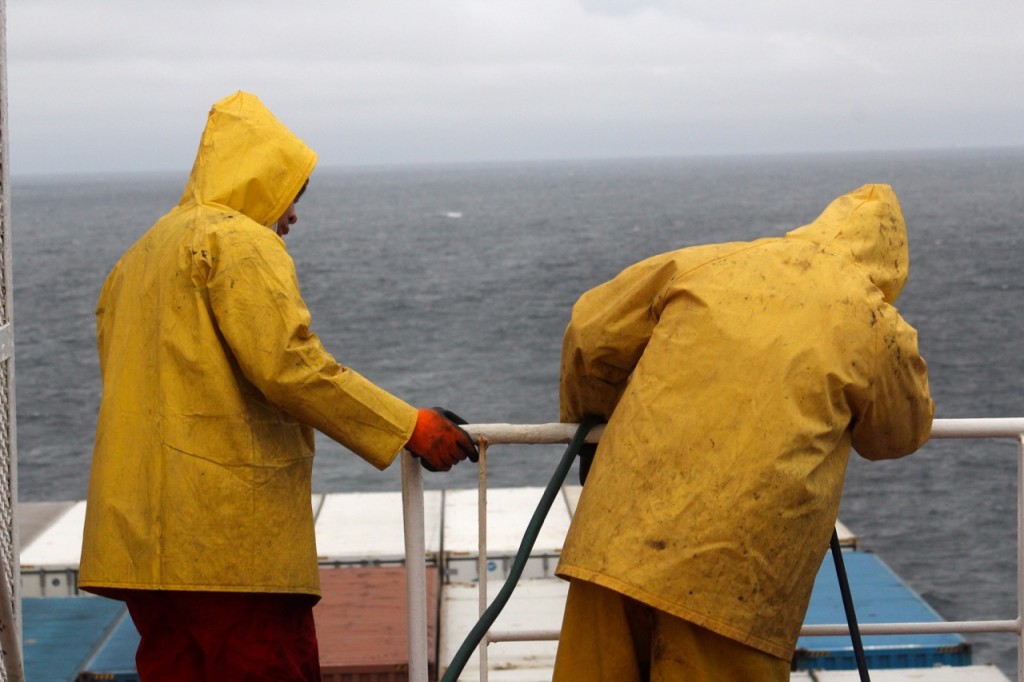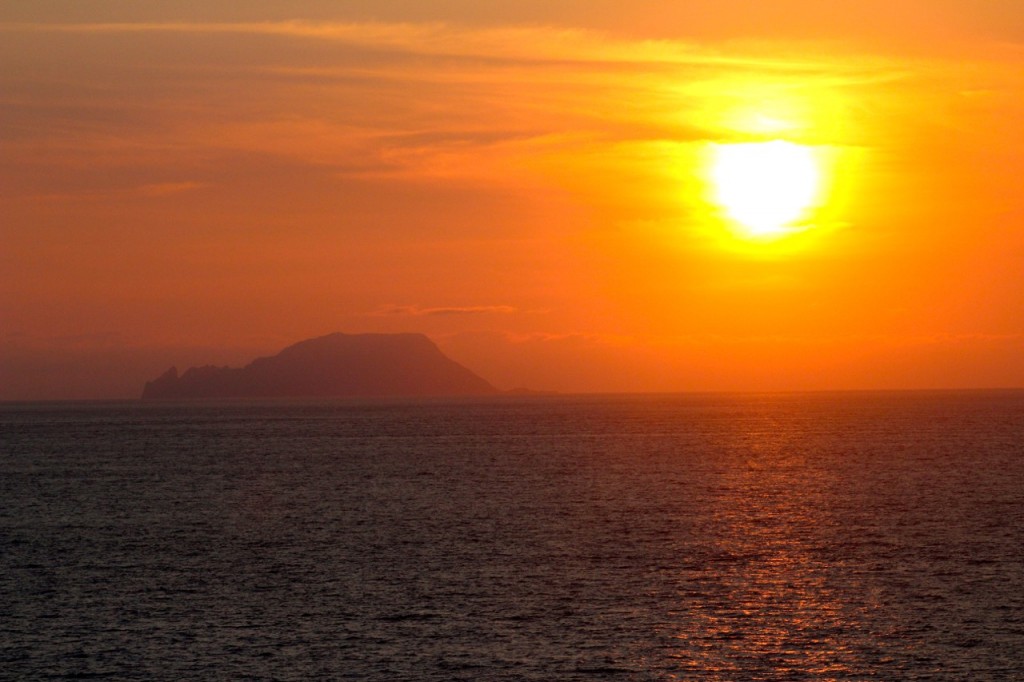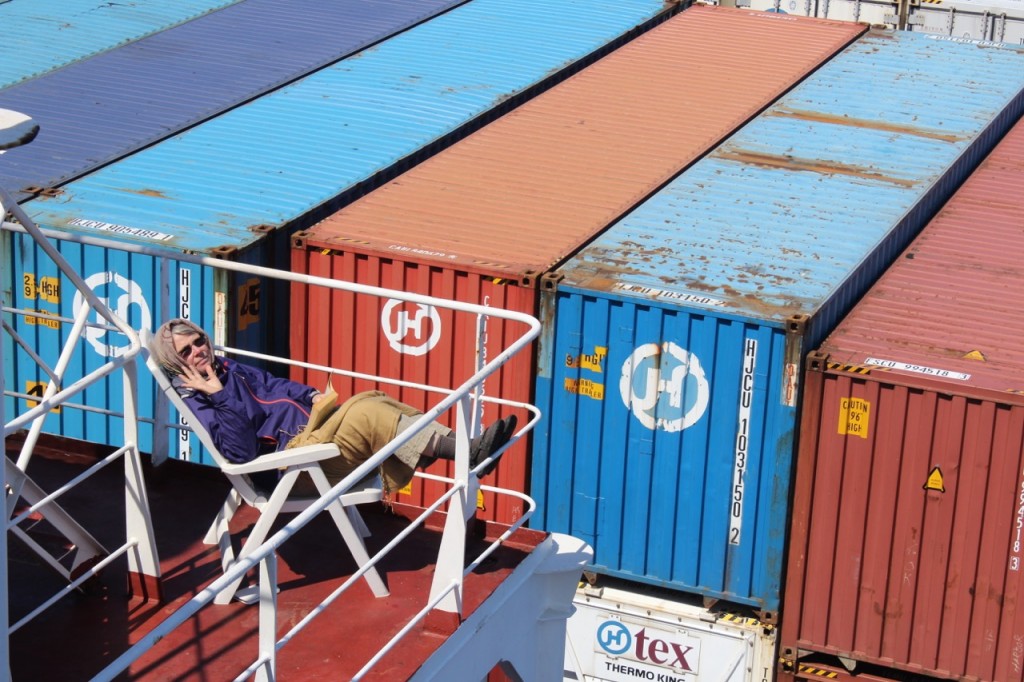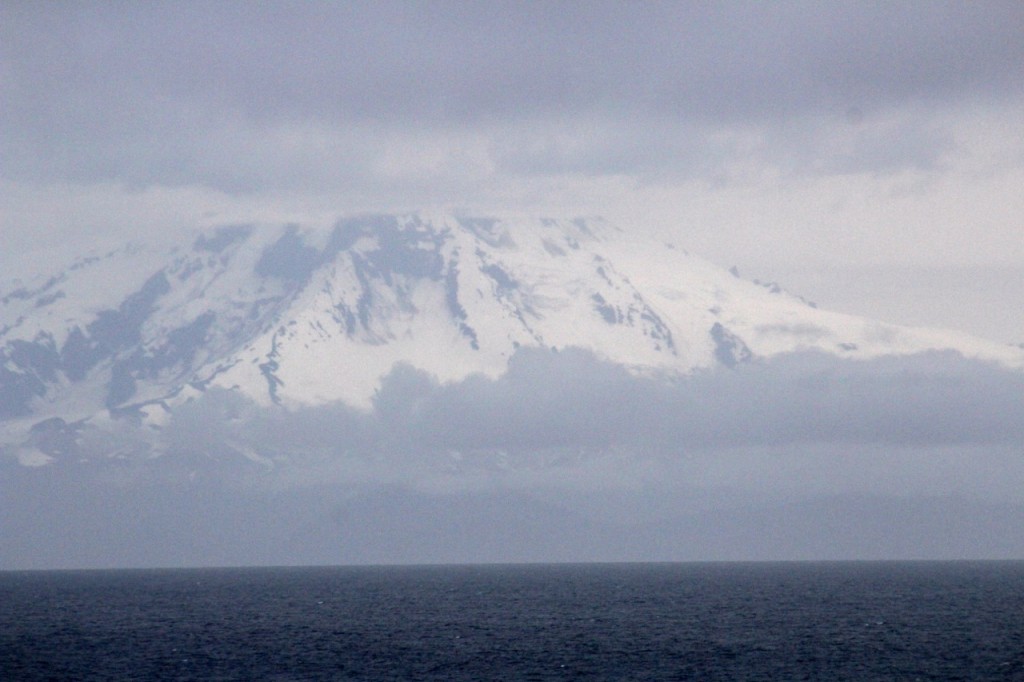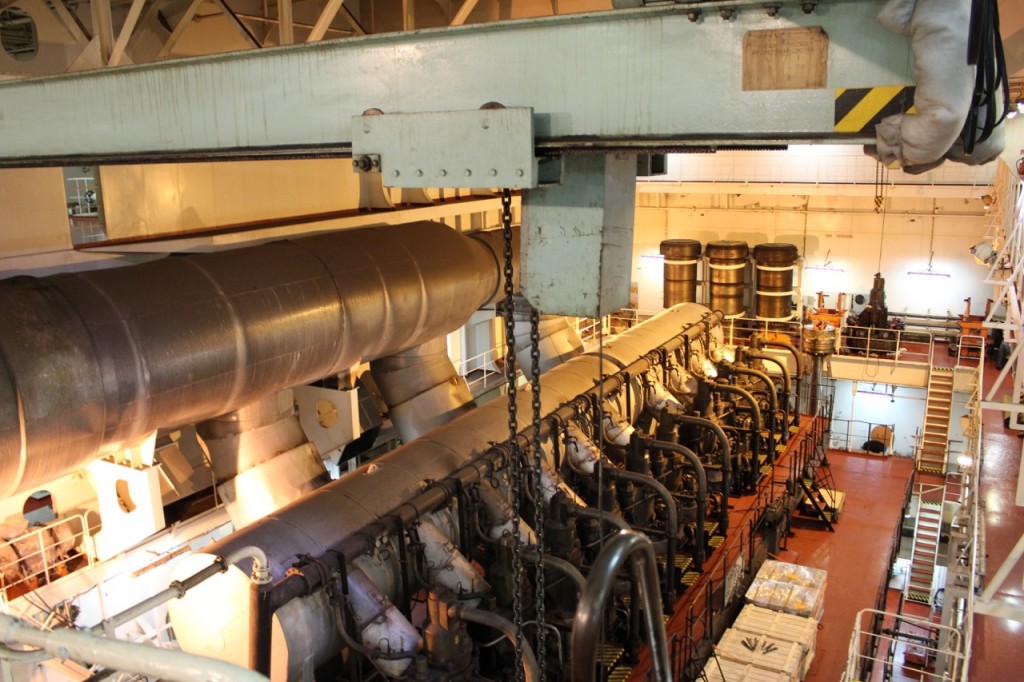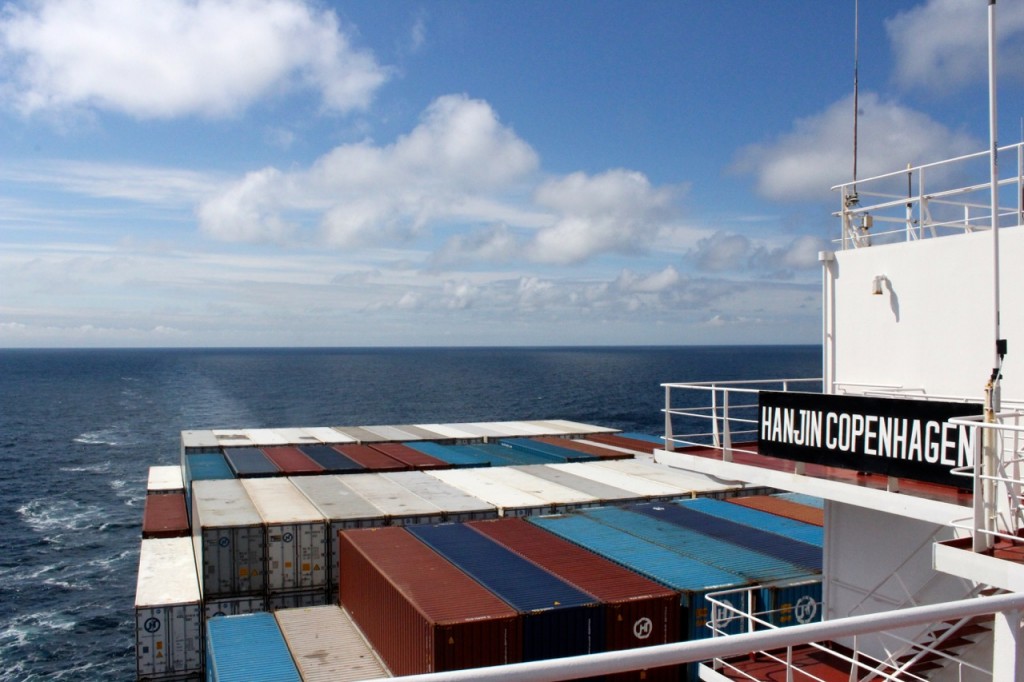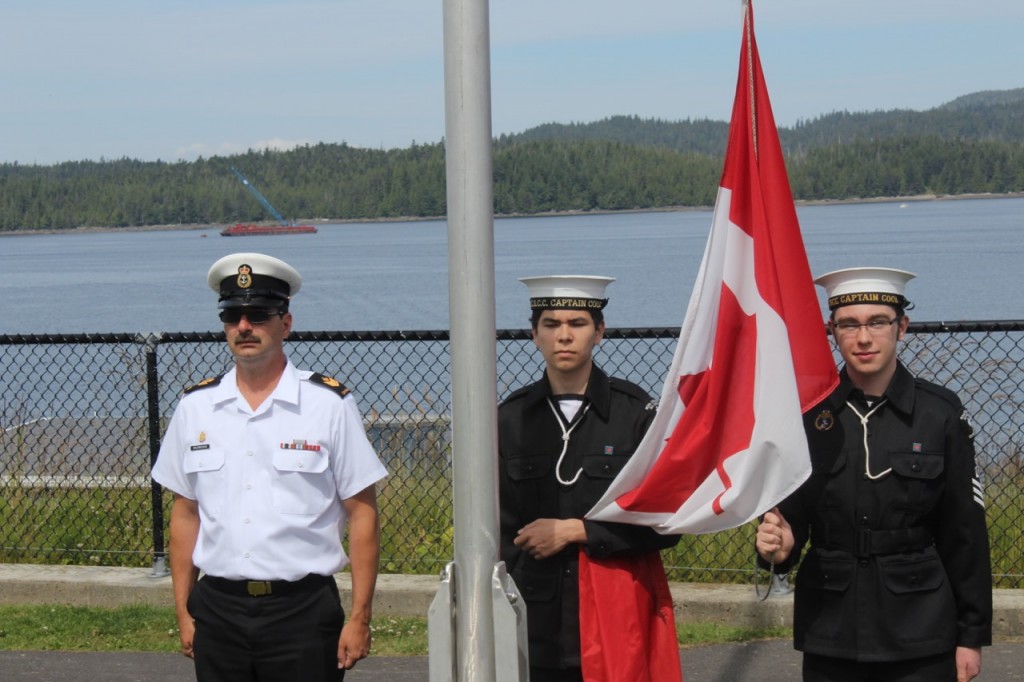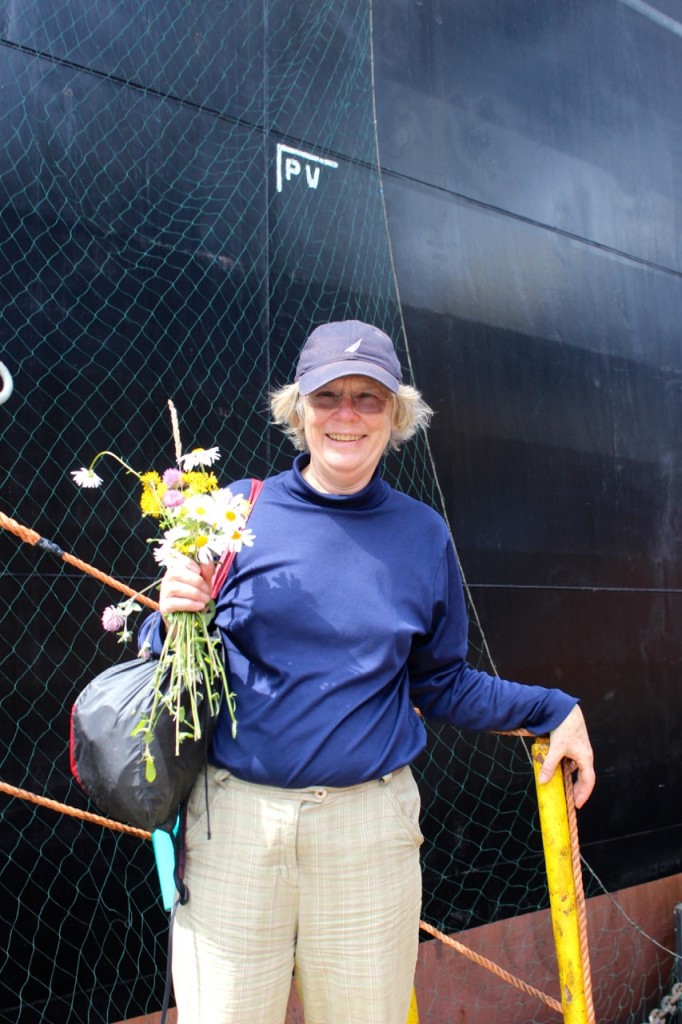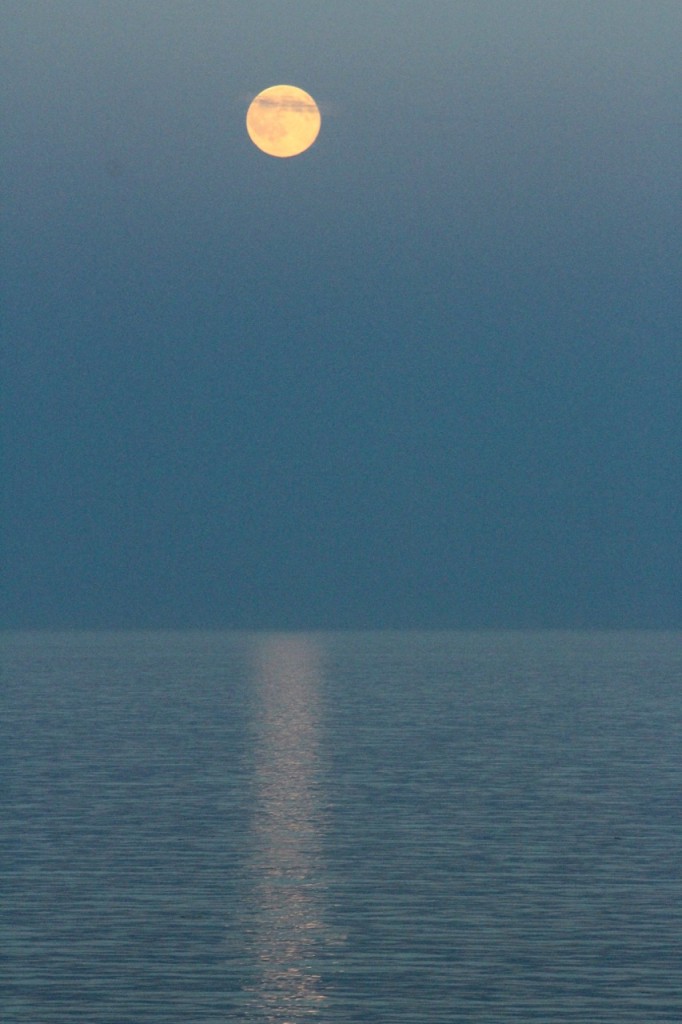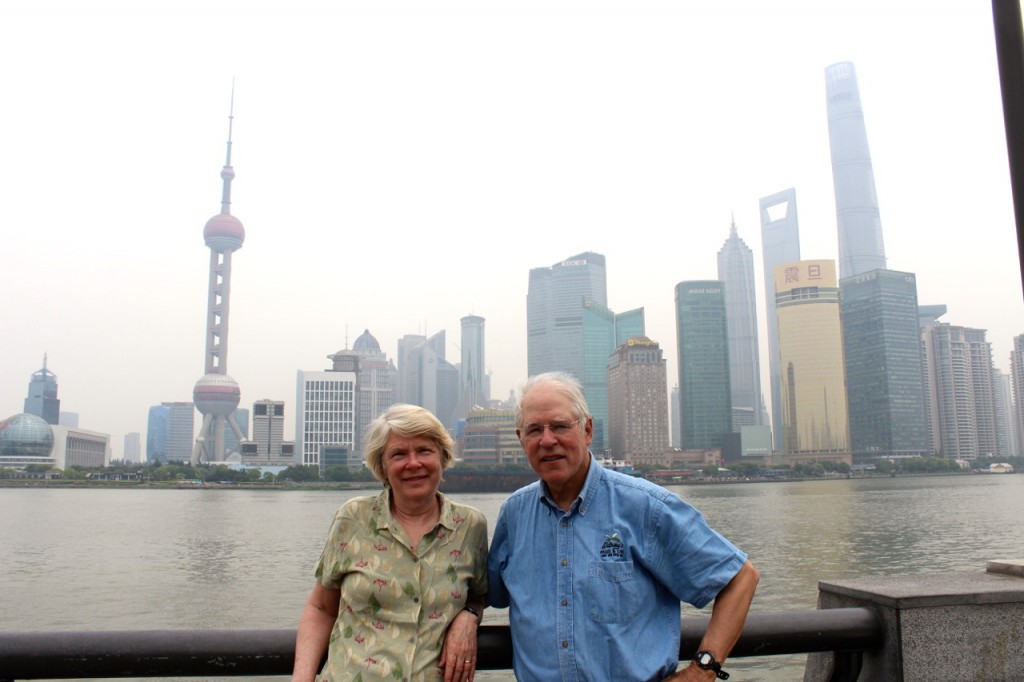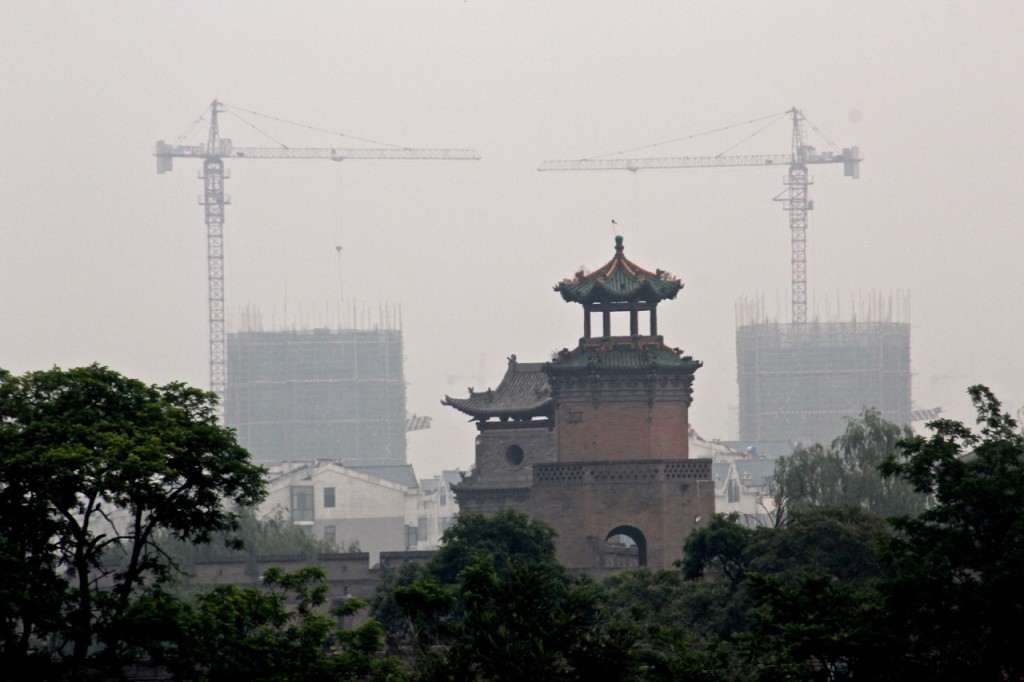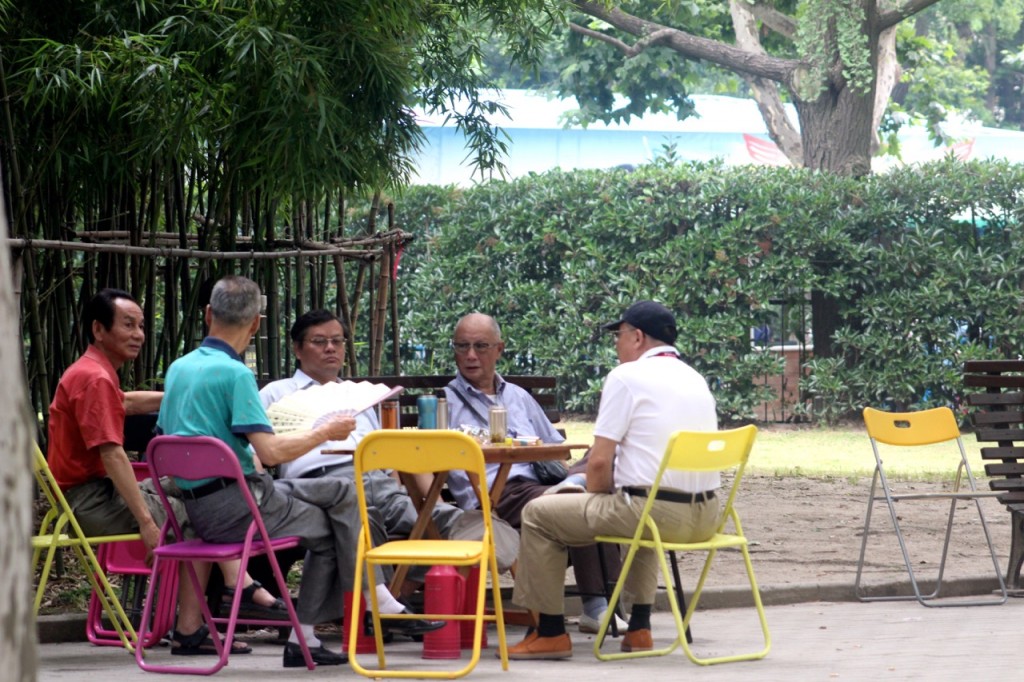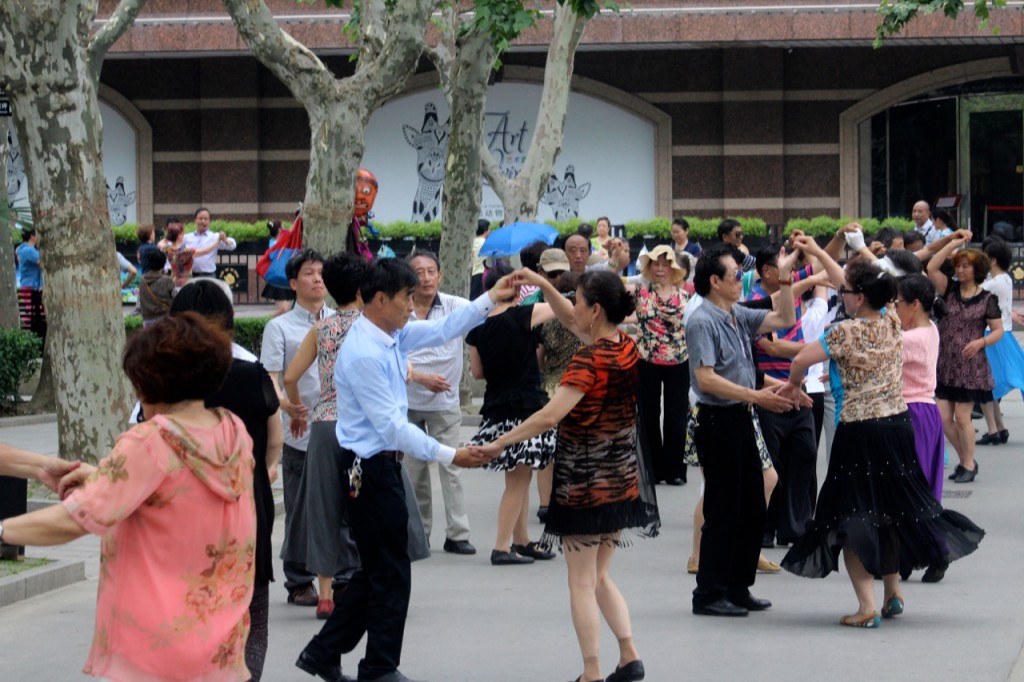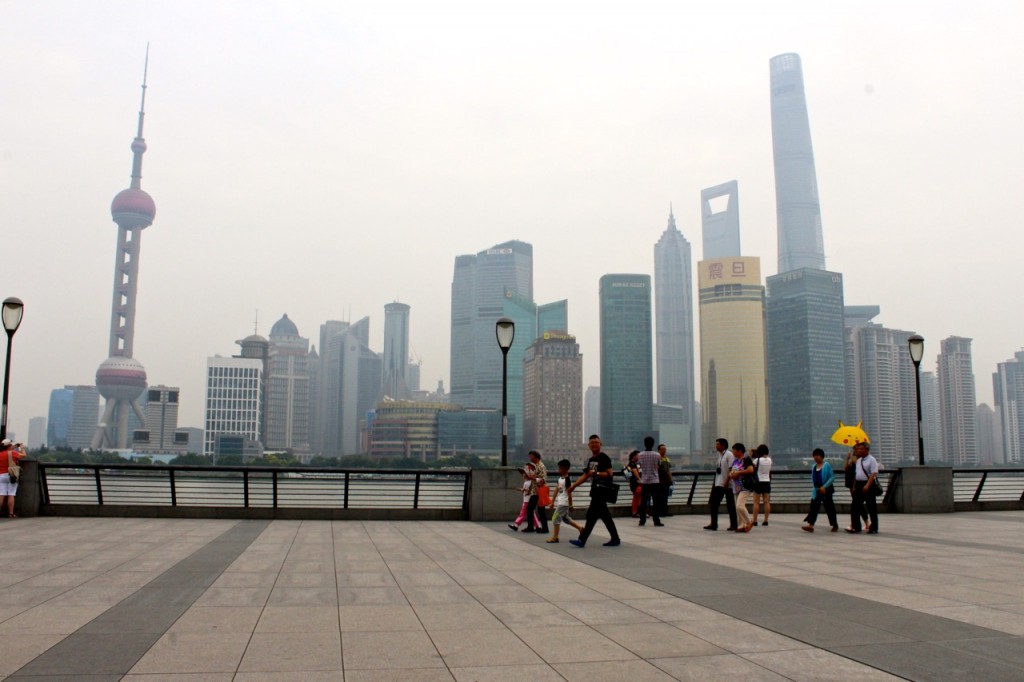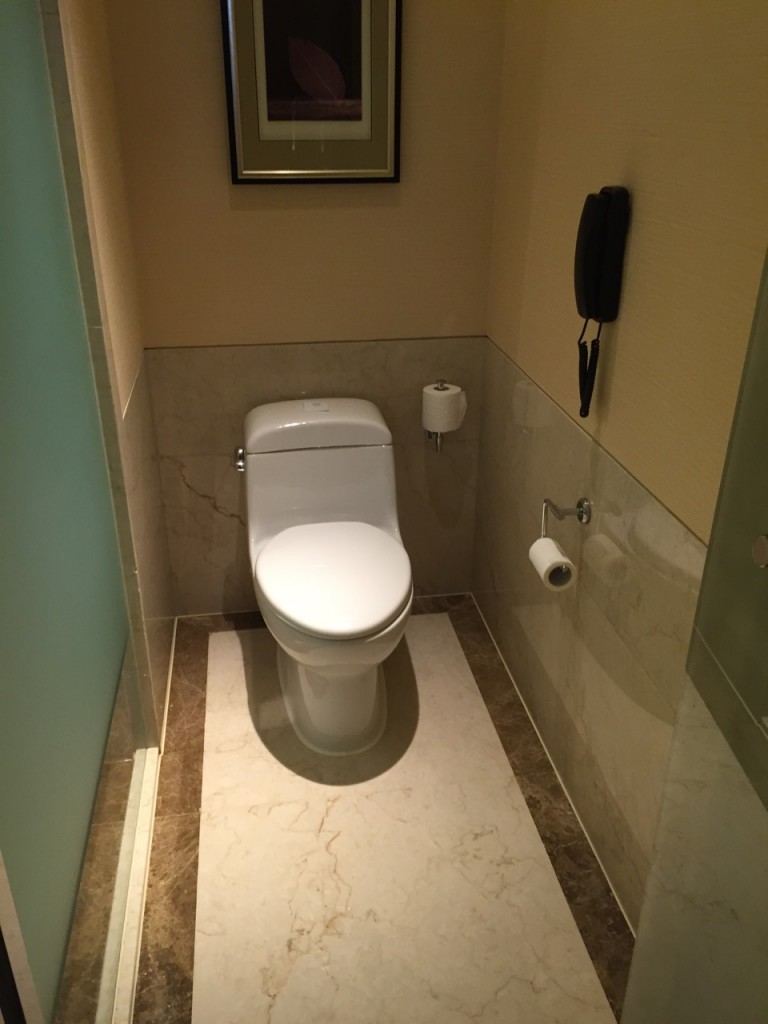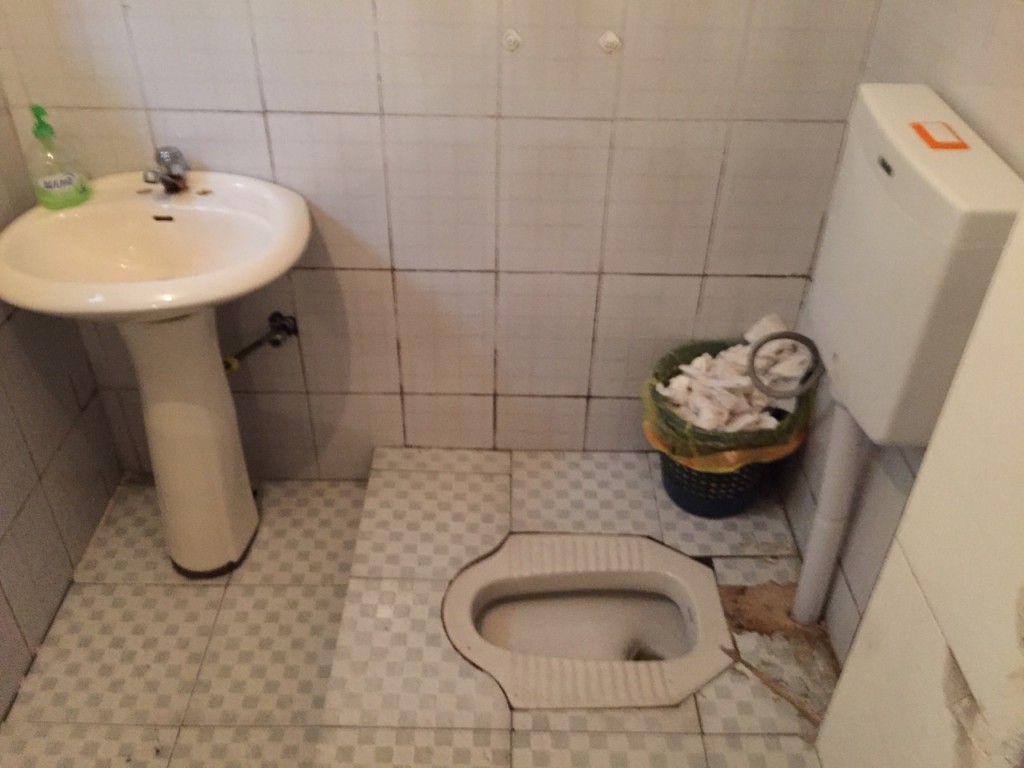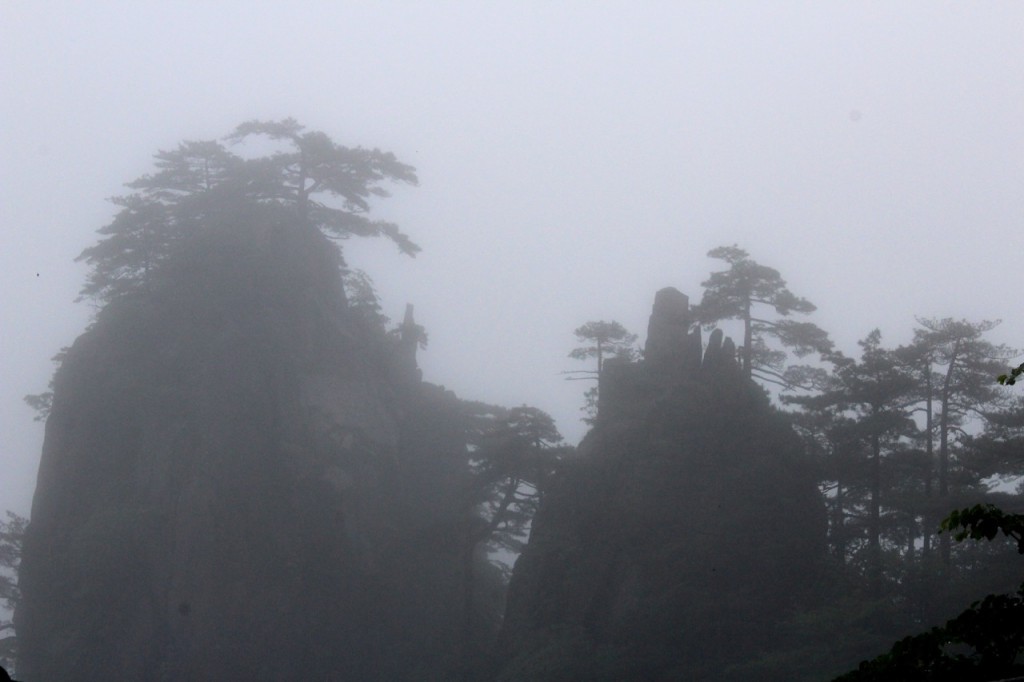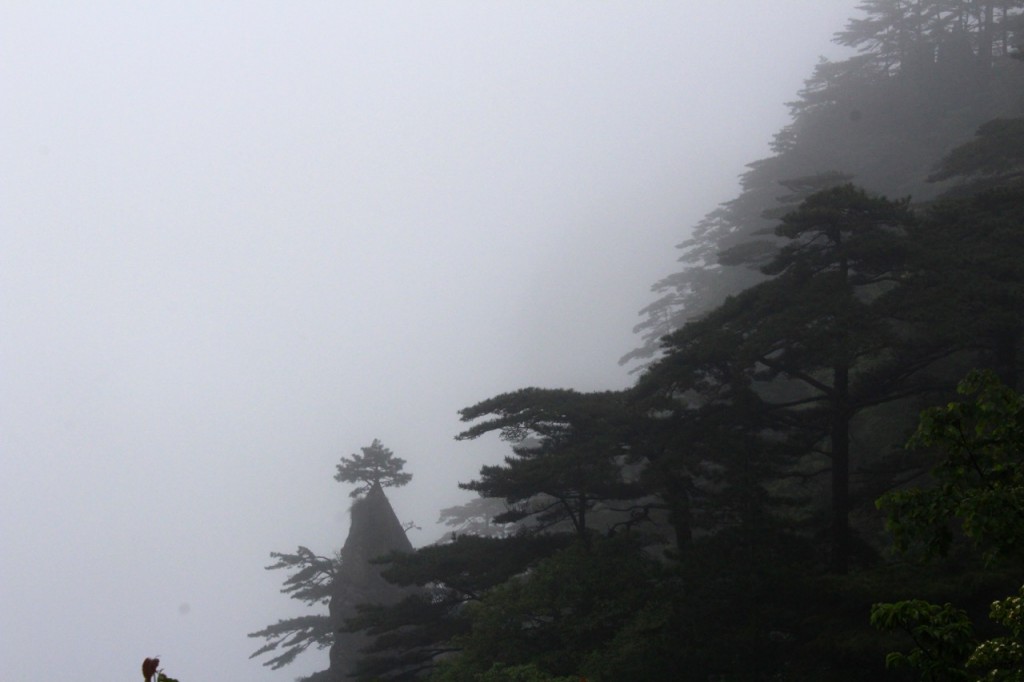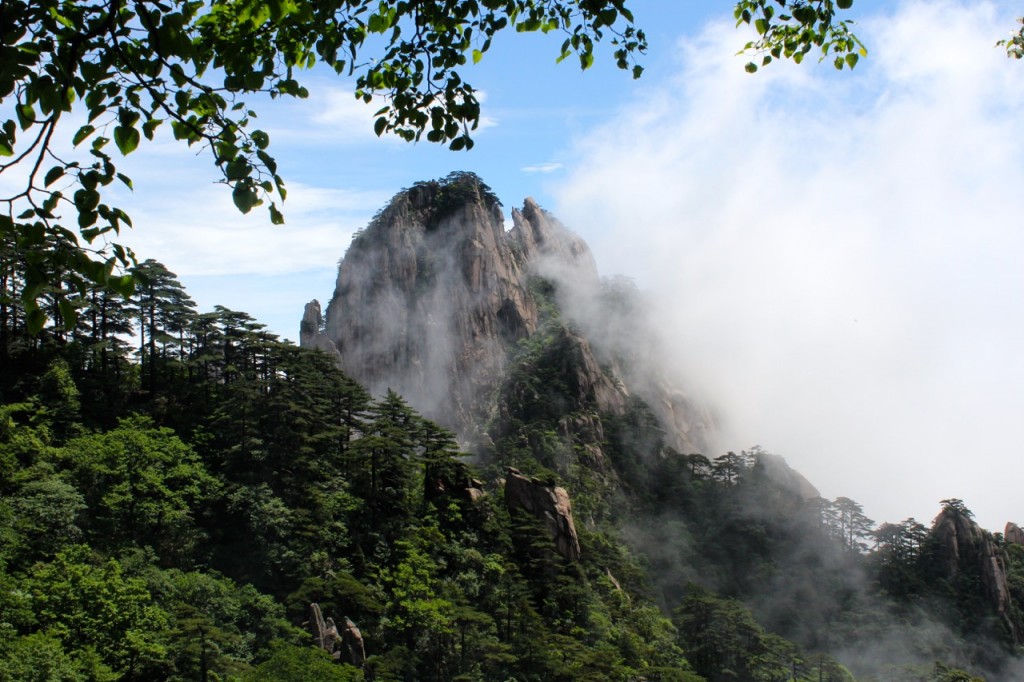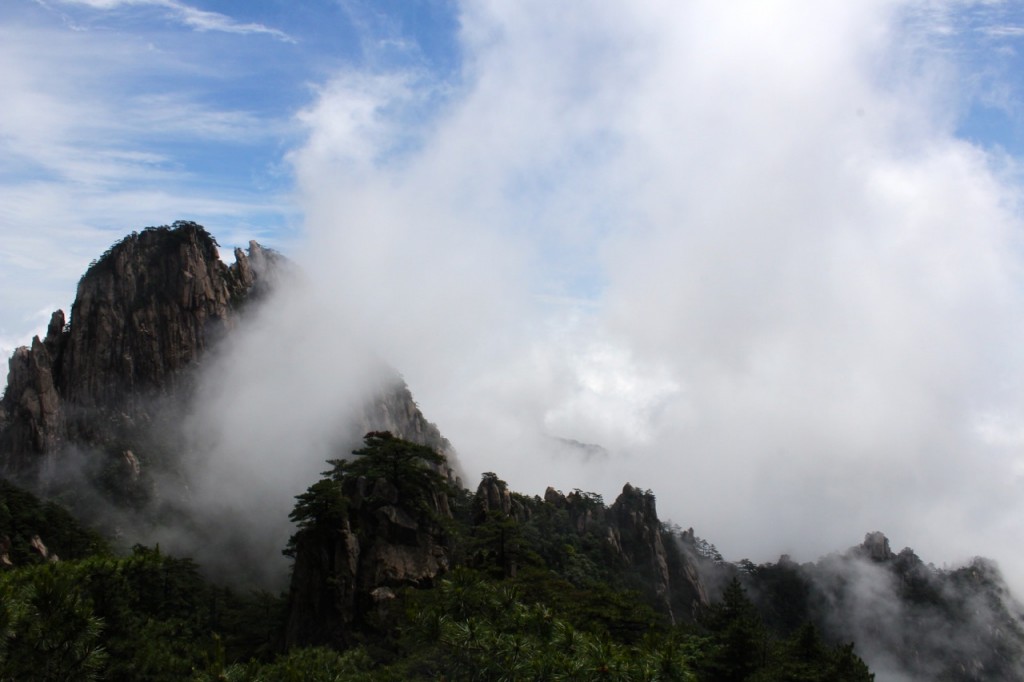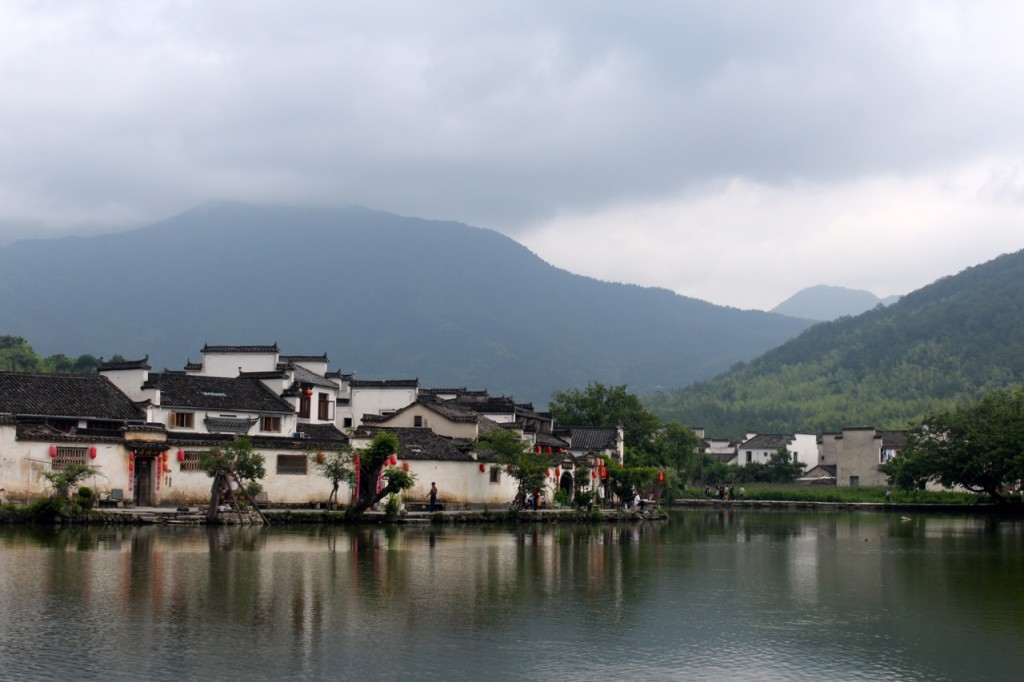July 14, 2015
Washington, DC
So what was the Big Trip all about? What did we learn? Why did we do this in the first place? Did it live up to our expectations?
From Embry:
It has been an absolutely amazing trip, a trip of a lifetime, of course. (Who would ever do this more than once?) We have enjoyed experiencing it together and sharing all these wonderful experiences and memories.
- It has made our marriage better and stronger.
- It has provided a welcome “slowing down” and “growing into retirement” phase for both of us, especially for me.
- It has stimulated a creative burst of energy for Joe through his blogging (perhaps leading to another book).
- It has vastly increased our understanding of the world we live in, both the similarities between all members of the human race and the wonderful differences in the way they live their lives.
We will never forget how great it was, and never regret that we spent these four months together, as we ease into a new phase of our lives.
From Joe:
The idea of going around the world without flying was Embry’s. It sounded a bit crazy to me at first. Then I slowly warmed to it and got involved in the planning. This would be an adventure. We would see and do things we had never seen or done before. We would learn a lot about the world and about ourselves, and we would have surprises and stories to tell. And we would do something that few people, especially people our age, do (and perhaps for good reason). And if we were ever going to do anything like this, we needed to do it soon. Once you reach age 70, whether you admit it or not, you are in a countdown mode.
Part of idea was the challenge. Maybe the motivation was similar to why people climb mountains or cross oceans on sailboats or run marathons, or shoot class four rapids, or bike across the U.S. You don’t do it because it is easy and fun but for the opposite reason: because it is a challenge. Frankly, if you want to make a list of pluses and minuses about the Big Trip, this one is near the top of my plus list; but if truth be told, it did not come close to the examples just cited. This is something people our age (in decent health) can do with some planning, the right attitude (flexibility, tolerance and patience) and a bit of luck that nothing goes wrong. Looking back on it now, for us it was not all that hard.
We were fortunate in many ways. The trip had a lot of moving parts and connections that if missed could have thrown a monkey wrench into the machinery. We made every one of the connections, thanks in large part to two fabulous travel agents—D’Lane Maselunas for the European and Atlantic legs and Rebecca Mazzaro (Asia TransPacific) for China. All the hotels they booked were excellent, some fabulous. All the train bookings overseas worked out without a glitch. Most impressive, every train (out of at least twenty-five train connections) was on time, except in the US, of course, when our train from DC to Ft. Lauderdale was (only) an hour, and a half late and the train leaving Seattle was another one and a half hours late, arriving in Chicago eight hours late, par for the course we learned. The guides that assisted us in Russia and China were also excellent—dependable, professional, hard working and (mostly) knowledgeable.
The people we met along the way were friendly and kind to us two senior travelers. Without being asked, someone always helped us get our heavy luggage on and off the trains, never expecting or asking for anything in return. Help was always there when we needed it.
We would not change the overall itinerary. While traveling around the globe without flying sounds like you see a lot, we actually visited only eight countries (not counting the U.S. or Portugal, where our cruise ship stopped briefly in Madera). So when I make sweeping statements about the nature of the Planet Earth, it needs to be put into context. We have visited a whole bunch of other countries over the years (India, Vietnam, Thailand, Tanzania, Kenya, South Africa, Egypt, Israel, Greece, Jordan, many South and Central American countries, and most of the other countries in Europe), so we have additional traveling experience that colors some of our observations about this trip. But the fact is we really just touched the surface on this journey.
The countries we did visit, however, were good ones. They were huge (Russia and China), had had rich histories (all of them) and were all struggling with important issues.
Here are some concluding, summary observations. For those who have read every blog entry (bravo!), not much may be new, but hopefully it will put things in perspective. For those who have picked up snippets here and there, this may fill in some holes:
The Atlantic Crossing. This probably turned out to be the best value of the entire trip with a cost approximately the same as that of the Pacific Crossing on a container ship, about $100 per person per day. The big challenge, of course, was to avoid gaining a pound a day, as is the average for cruise ship passengers. We are generally not big fans of cruise ships, probably because of Embry’s Presbyterian upbringing and my love of sailing, but thoroughly enjoyed this way to get across the Atlantic. We would recommend it to anyone.
Spain. We spent about three weeks in Spain, most of the time in Valencia where we exchanged homes with the Parello family. The highlight for us were the famous parades during Holy Week, “Semana Santa.” The three parades, reflecting the moods of Maundy Thursday (Last Supper), Good Friday and Easter Sunday, embodied a universal spirituality that transcended Roman Catholicism. Other highlights in Spain were the excellent restaurant meals, the best we had on the whole trip, the beauty and charm of the historic areas, the dynamism and excitement of Madrid, despite the distressed state of the economy with high debt and high unemployment, and the friendliness of the population even though language was a barrier. In Spain we first encountered graffiti on a large scale, especially in Valencia, which signaled, to me anyway, that all was not well in Europe. In Madrid, of course, my wallet was stolen in something like the first two minutes we wandered out of our hotel. When I tell people I had it in my back pocket, the response usually is, “Well of course it was stolen in Madrid. What did you expect?” The final thing about Spain that stands out is that there was virtually no mention of the Spanish Civil War or the period under Franco.
France. The main purpose of the two-week French connection was visiting close friends—Embry’s “French sister,” Mireille, in Paris and our French sister-in-law, Martine, in Brittany. Both experiences were bittersweet because we do not know when we will see them again, and we are all getting up there in years. Some of us have health issues. Paris really captured me this time. Though I had been there at least a half dozen times, this time I really fell in love with it again and realized why it is the world’s most captivating city. We probably averaged walking close to ten miles a day, enjoying the fine spring weather and the street atmosphere that is uniquely Paris. Running into Josie and Melissa from All Souls Church was a special treat and surprise. Brittany was also special. There is nothing more beautiful than the French countryside, and no countryside in France more beautiful than the maritime countryside with its huge tidal variations, tidal estuaries and deep green pastures and fields. The best part of the French leg, of course, was spending time with people we love.
Germany. The only stop in Germany was a four-day visit to Berlin where we met our close friends, John and Grace Curry, now living in Ashville, who flew over to join us for this leg. This was the first time that I had visited Berlin, and the city lived up to its reputation as one of the most dynamic and exciting in the world. What impressed us most was the how the city had been totally rebuilt from the massive destruction of World War II and how tasteful and, in many instances, spectacular the architecture was. Though to a local person there probably remain big differences, as a tourist I was not able to discern what was formerly East Berlin from West Berlin. Most significant was how the Germans have not swept the Nazi period under the rug. There is a Holocaust Museum and plenty of information about this horrific period.
Poland. Warsaw was our first “transformation city.” Embry had been there in the late 1980s with her mother, who accompanied her on a Cathedral Choral Society/Charlotte Symphony concert tour, only a couple of years before the Berlin Wall came down. The city then was drab and gray with few places to eat, not much food on the grocery shelves, and pretty dismal. On this trip, while it was not as vibrant as Berlin, compared to what it was 35 years earlier and from the view of our Western eyes, it was thriving. (Interestingly our Polish captain of the Hanjin Copenhagen disputed that life is better since job security is not what it used to be and the safety net has shrunk.) The old section of the city had been fully restored and new high-rise buildings have gone up downtown. Restaurants and retail stores were everywhere. We joined John and Grace in attending the parade and daylong ceremonies honoring the Polish constitution, and the large crowds seemed happy and proud to be Polish. The second day there John and I took a day trip to Auschwitz, a moving experience that I have described in the blog. Talk about resilience and perseverance! Few nations have endured the hardships they have and have come back time after time.
Russia. We said goodbye to the Curries and made our way via overnight train through Belarus to Moscow. Embry and I had been here in 1993 and were not prepared for the total transformation that had occurred here as well, with all the new high-rises, fancy shops and malls. We watched with some trepidation as the soldiers, tanks and missile launchers paraded in front of our hotel during the commemoration of the Soviet Union’s defeating the Germans in the “Great Patriotic War.” Sidewalks were jammed with onlookers cheering their country and Mr. Putin. The real highlight of the Russian leg, however, was the great Siberian Railroad Journey across the country ending up in Beijing, a little over two weeks later. We were one of five Americans among the 100 passengers, mainly from Europe, and half the fun was getting to know many of them. The side trips every day exposed us to typical Siberian cities, most of them with populations around a million, not the kind of cities that you would want to live in necessarily—still a bit drab, frigid in the winter, scorching hot in the summer—but you got the feeling the Russians were really trying to move forward. The vastness and beauty of the Siberian landscape was to us as stunning as it was in 1993 with very few changes in the villages, which still looked forlorn and forgotten.
You did get the feeling that the country remains in a kind of malaise, saddened by the loss of world status and uncertain of the future. Good leadership will be critical in helping Russia find its new position in the world. Putin continues to be popular, especially when he rattles the nationalism cages, and for us Westerners he is a bit scary. Let’s cross our fingers that they can get it together without creating more world conflict.
Mongolia. Still on the Siberian Railroad tour, we spent three days passing through Mongolia, a vast and empty country of nomads and high plains, squeezed between two monster countries, Russia and China, neither of which they trust. During the Russian Communist era, they were a vassal state, which Stalin did his best to destroy. This was the scene of Embry’s ger (“yurt”) experience. Another highlight was our train’s pausing on the Gobi Desert at 5:00 am when our train was greeted by camel herders. Musicians with ancient stringed instruments sat in the sand playing ancient tunes as the sun rose to turn the desert first orange and then yellow.
China. We spent almost a month in this extraordinary country and for good reason. The story of China’s emergence in the last 30 years as a modern, economic powerhouse is one of the biggest stories of the last half century and probably of all time. A large number of blog posts were devoted to what we saw and experienced there. In a word, it was overwhelming. I was in China in 1986 when there was no such thing as a high-rise building and no experience in building new buildings or transportation infrastructure.
The number and size of apartment and office buildings in every city we visited stunned us. China’s trains were all on time, and about half the trains we took averaged over 180 miles an hour. Train stations were the size of our airline terminals. Their metro system was the equivalent of what you can find in London or Moscow but newer, faster and more pleasant. Over the past 25 years hundreds of millions of people have risen out of poverty. Their problems related to over building, over investment, and their shaky stock market are headlines in the U.S. but you can’t help feeling that with their can-do spirit and optimism, they will come through it. Many problems remain, the environmental issue probably being number one. How they handle this one affects not only the Chinese but also the rest of the world. We all need to hope and pray that they succeed.
The Pacific Crossing. As blog readers know, I was dreading this leg, fearful that we would be cooped up in a tiny room with our one porthole blocked by containers and bored to tears. The accommodations turned out to be great, and the three portholes were not blocked until the last couple of days. The food was pretty good and our traveling companions interesting, nice people, albeit a bit eccentric. After all, it is not your “average Joe” that travels on container ships. With the various DVDs of “Seinfeld” and “House of Cards,” time for writing, and our late afternoon cocktail hours, we made the most of it. I continue to marvel about how they get 5,600 containers off the ship and 5,600 new ones loaded back on in less than 24 hours. Many people have told me the blogs about the Pacific Crossing were their favorite.
Would we recommend a container ship for a world traveler? Yes, provided you view this as a means of getting across the ocean rather than a vacation. There is also the risk of having incompatible traveling companions and blocked portholes. It also appears than within the next few years, most officers will be Chinese and most crews from countries besides the Philippines. We may have slipped in at the end of an era.
The US Great Train Ride. Well, even though we were eight hours late getting to Chicago, the scenery was great and the Amtrak hospitality surprisingly improved from what is was several years before. Most of the people we met were friendly with interesting stories. Still, you have to ask yourself the question, how come all the trains we took in Europe and Asia were on time and why does the situation seem to be getting worse in the U.S..
So what to make of all this? For me three themes and one question have emerged from this experience:
Theme One: Suffering and Resilience.
When you travel through the eight countries we did, you can’t miss how sad and tragic life has been in each of the countries we visited. It stares you in the face.
You can’t miss hearing about the wars and hardships that have taken place on the soil of each country. Spain was in constant wars with France and England. There were the expulsion of the Moors and the Jews, the Inquisition, the Spanish Civil War, and Franco. In France there were wars with Spain and England, the French Revolution, Napoleon and World Wars I and II. The part of Europe now called Germany was the heart of the Thirty Years War, and the two World Wars, Hitler, the Holocaust, and the partition of the country in the Cold War. Poland suffered from all these events as well. One of my blog posts describes our experience at Auschwitz, which was on their soil. Russia, of course, is right up there at the top with hundreds of years of serfdom, both World Wars, the latter accounting for over 20 million deaths and another 20 million during communism. Mongolia and China—they too have had their ups and downs with dynasties rising and falling, civil wars, the Russian Communist dominance of Mongolia, the Japanese occupation of Manchuria in World War II, the Chinese Communist Revolution, the Great Famine and the Cultural Revolution. No country we visited had escaped.
But it is not only about the wars. We heard about the injustices and excesses that in many cases were the cause of these wars in the first place—serfdom, enormous gaps between the few who are rich and the many who are poor, corruption and graft in major institutions like government and the Church, human greed and raw ambition. Individual stories and histories follow the same pattern with way too much suffering for way too many people.
Nor does the US get off the hook. We have our own history of human suffering and misery: how we treated the Native Americans, slavery, the Civil War, Jim Crow, and great disparities in wealth and income.
It is not a pretty picture, the histories of countries. What is it about us humans? Why do we have such a hard time dealing fairly with each other? Why is life so difficult for some people, often through no fault of their own? The millions of young men and women who died in all these wars were just doing their jobs, what they were ordered to do because their leaders could not resolve problems peacefully. Their deaths were not caused by their own shortcomings. Natural disasters, illness and ultimately death: it is part of what we experience as humans.
But fortunately, this is not the whole picture. We humans are also resilient. We come back. We don’t throw in the towel. We move on. That is also the story of what saw and experienced on this trip. Just think about it. Every one of the eight countries we visited, by comparison to what they were experiencing 100 or even 50 years ago, is doing so much better now. There was unemployment, stagnant economies and discontent to one degree or another in the countries we visited in Europe and Russia, but compared to where they were a half century or so ago, what a comeback!
And what about China? Who would have thought even 30 years ago that if you wanted to find some of the world’s tallest buildings, fastest trains, and most expensive shops, China is where you would go in 2015? This is “communism” today in China. They have their challenges too, especially in governance, overinvestment, and pollution, but compared to where China was in the 1950s and 60s, what a success story! Indeed, times have changed.
So the message here is good news. Despite our human frailty and ability to mess things up big time, we seem to have equal ability to get back on track, sadly often leaving in our wake sadness and human suffering beyond measure. That seems to be the way life works on the Planet Earth. That is why “ Tragedy and Resilience” is first on my list as to what I have learned on the Big Trip around the world.
Theme Two. One Destination, Many Pathways.
The theme, “One Destination, Many Pathways” is about religion. As many of you know I have always had an interest in religion. I stumbled my way through Union Theological Seminary in New York City, earning a M.Div. in 1968. I came close to becoming an ordained Episcopal priest. I have been an active Episcopalian most of my adult life, serving in virtually every capacity available to a layperson at one time or another. I routinely present a four or five part lecture series on early church history and theology at All Souls Episcopal Church, our neighborhood parish. You might say I have paid my dues.
So what does one who comes from the Christian Protestant tradition make of the religious practices we observed on our Big Trip? In Valencia we witnessed one of the most moving religious events I have ever seen, the sort-of-Catholic “Semana Santa.” We also attended the Easter service at the large Roman Catholic Cathedral there and throughout the Big Trip witnessed numerous religious services besides Roman Catholic and Protestant—Russian Orthodox, Jewish, Buddhist, Taoist, and Muslim. We did not witness the practice of Hinduism on this trip but saw plenty of Hinduism when we were in India a few years earlier.
What is a Protestant Christian supposed to make of all this? Aren’t we supposed to have it right? If we are right in what we believe, how can they be right too? In the Episcopal Church we say the Nicene Creed at every Eucharist, which pretty much says, this is the way it is, and if you don’t believe it, you are flat out wrong and not one of us. Certainly among most Evangelical and Fundamentalist Christians, “my way or the highway” is central to their belief. That is what evangelism is all about—to convert to what you believe those who are worshipping false gods or who have no religion or do not believe what you believe. So how do you size up what these other religions or forms of worship are all about as you move from country to country and observe people of different faiths kneeling, bowing, burning incense and praying with what would appear to be great piety and sincerity?
For me anyway, this answer to this question is a no-brainer: there is one destination, many pathways. In fact I have trouble figuring out how anyone who made the journey we did and saw people worshipping in different ways—but also strangely similar in some ways like candles, incense, bowing, kneeling, chanting, and praying—could conclude otherwise. This has been my understanding of religion for a long time, and this trip has underscored and confirmed for me what is the obvious.
We as humans have the brain capacity to ask the basic questions: why are we here? What is the meaning of our short life on this planet? Why do we humans suffer? How do we find “an abiding sense of well being” (the words of our mystic companion on the container ship, Ron)? Religion is the process of coming up with the answers and–unlike philosophy, its first cousin– putting the “answers” into action by what we do and say. Of course, religion takes different paths because we are all influenced by what our experience has been, our culture, and our way of looking at the world. And, of course, our experiences and cultures are not the same.
Two questions come to mind. First, does this mean that all religious paths have validity and therefore that nobody has the Absolute Truth? My answer is basically yes. We are all searching. No one has a lock on Absolute Truth, and if we did, then we would be God. To believe that you are right and everyone who does not see things your way is wrong is arrogant and if taken to the extreme, blasphemy.
That said, I do not believe that all religions are the same, and that while I believe that many spiritual paths are valid, all aren’t. The religions that are exclusive, that preach hate over love, that are intolerant, and that deny human responsibility for helping others are false religions. They can be found in all faiths. We know who they are—ISIS and Islamic terrorists, “Christian” hate groups like the Ku Klux Klan and white supremacists , and intolerant and hateful religious groups of all types. They are present in every religion and every faith and in my view are invalid and an evil force on this planet.
The second question is this: If there are no absolutes that humans can truly grasp, then why bother? We bother because we do not have a choice. We have brains, which ask the question, why. That is the blessing and curse of our humanity. Just because we do not fully grasp or fully understand Absolute Truth does not mean we don’t get glimpses of it every now and then. And chances are that if you are following a path, you have a better chance of getting a glimpse or a taste than if you are not. And many of us do not have a choice anyway, simply because we are human. This is the second lesson I have learned as we made our way around the world on the Big Trip.
Theme Three: Lifeboats, Not Battleships.
When you travel around the world as we did, you can come to either of two conclusions: the world is very large or the world is very small. Despite the eight-day Atlantic crossing and the 18-day Pacific crossing, I see the world as being pretty small and getting smaller by the day. Countries are more dependent on each other than ever and more interconnected by trade, travel, tourism, and, more recently, their carbon footprint. What affects one country ends up affecting many.
Two major things have happened in my lifetime that make our current situation different from what human beings have experienced from time immemorial. First, since the mid 1940s we have had the capacity to destroy civilization through the use of nuclear weapons. Second, since the early 2000s we have witnessed rapid climate change that could ultimately change the planet in profound ways. For humans to stay on this planet long term, we have to get rid of all weapons of mass destruction and adjust our behavior to reduce global warming. The pollution we experienced in China suggests that we are closer to catastrophe than we think. We humans have to figure out some way to deal with these challenges in order for our species to survive on this planet.
That is why I suggest that we look at our predicament as being on a lifeboat where we all survive or go down together rather than being on a battleship where our goal is to blow up the enemy. The solution is cooperation, not conflict. What affects one affects all. To use a cliché, what is required is a new paradigm. More and more battleships will eventually result in disaster. We are already too close to a point of no return on the climate change and environmental issue. We have to work together, not against one another if we are going to make it.
Question: So Is The U.S. Still Number One?
Many in the U.S. still believe we are the best in everything—education, health care, living standards, governance, quality of housing, and every other important measure you can think of. Well, when you see how other people live in other countries, you realize that this is simply not true. Western Europe has us beat on land use and urban design (but not on graffiti!), public transportation, the social safety net and on primary health care delivery. Other countries like Russia and Mongolia, which have made great strides in construction, are still behind us in many ways but struggling to catch up. Moscow’s metro system remains among the best in the world. Their love for the arts, music and classical culture is strong among all age groups. Ulan Bator is now thriving. We should wish them both luck.
China, of course, was the big story for me. China has moved by us fast on transportation and infrastructure and in the extraordinary building that has happened. Hundreds of millions of Chinese have come out of poverty, and the disparities between the rich and the poor are not as extreme as in the U.S.—at least not in the cities. There are no “slums” that we were able to see in any of the Chinese cities we visited. Also we did not see a single panhandler or homeless person during our month there. We did not even see any graffiti! There is in China a can-do attitude and an optimism that does not seem to exist in the U.S. right now or in Europe. As I described in my last blog post on China, they still have big challenges, do not have a democracy and curtail free speech and a free press. It is far from perfect. That said, I recall one conversation I had with one of our Chinese guides. It went something like this:
Guide: You have been asking a lot of questions about free speech and democracy in China. I have a couple of questions for you. How old is your country, around 250 years?
Me: Close to that.
Guide: Our culture is around 4,500 years old and our country about 2,500 years. We have had our ups and downs, been a dominant world power many times. We have never had a democracy. In the Chinese long view of things, this is a relatively new concept.
Me: Yes, but one that is worth trying.
Guide: Agreed, but give us a little room for now. We are a fragile country of 1.4 billion people. We can go only so far so fast.
A final observation is that the economic power on this planet seems to be shifting from the West to the East. While the U.S. will remain a major player as will Europe and Russia, Asia–primarily China and India–are becoming increasingly important and one day will have the final word as to how we do on the environmental question and how and whether we survive on the Planet Earth. Since they make up almost half of the world’s population, this figures. What has changed in the last few decades is that they have both have emerged as major world players and economic powerhouses. It soon will be their time. Maybe it already is.
So does this mean that we are no longer number one?
My first answer is that being number one is not important or the right question to ask. There are lots of countries and lots of ways of doing things, and countries are better at some things and worse at others. We need to do better in figuring out how all countries can benefit from the “best practices” that are found worldwide. You know the issues in the U.S.: aging infrastructure, poverty and income disparity, lingering racism, environmental issues, health care, education, urban blight, gun violence, lousy spending priorities, the Koch Brothers, and Citizens United. The list could go on. There is lots of room for us to do better.
Despite this litany of challenges, I believe we still stand out from the countries we visited in important ways. We are still seen by many abroad as the world’s last and best “land of opportunity.” People still view the U.S. as the one country where anyone can make it if they apply themselves and have some luck. People want to move here. We heard that large numbers of wealthy Chinese are sending their children to prep schools and to colleges in the U.S. There is a kind of freedom and perceived opportunity here that does not seem to exist elsewhere. I believe—and hope—they are right. Perhaps equally important with being a land of opportunity, we are becoming one of the most diverse countries in the world and far more diverse as to race and ethnicity than any of the countries we visited. This is something we should celebrate, not fear.
While our Democracy is messy, it remains the best type of government we humans have been able to come up with. China remains far behind on this one. Our Constitution provides vital protections for speech, association, freedom of the press, and freedom of religion. Our economic system is resilient and powerful. Many Americans fight hard for social change and social justice and do make progress from time to time. We have a great president. We have great artists and writers. We influence (for better or worse) a lot of the world’s culture through our music and movies. We have a strong not-for-profit sector. We are a vast and beautiful country. We are, on the whole, generous people. We have a lot of blessings and much to be thankful for.
America is a great country. Yes, we have our problems and challenges. But there is no country I would rather live in, and I am deeply grateful that this is our home. It is great to be back!
And one last thanks for following us on the blog! We are honored and grateful. It has been quite a ride, as they say.
Note: Embry’s “lists” will follow shortly so the blog posting is not completely over. Also if you have questions as to any practical aspects of the trip and travel planning, we would be pleased to answer them as best as we can. Finally, any closing comments that YOU would like to post on the Big Trip blog are welcomed and appreciated.
